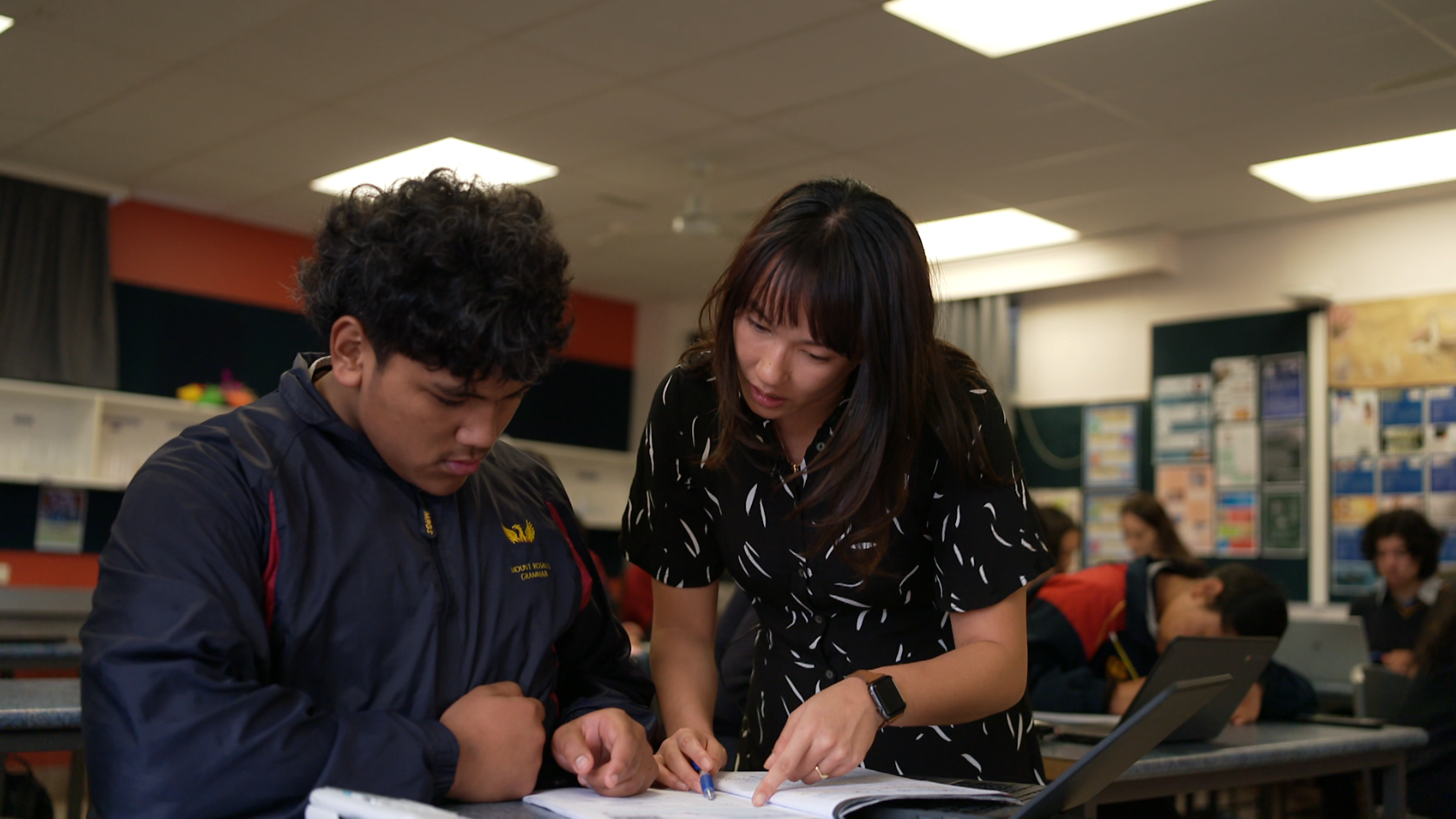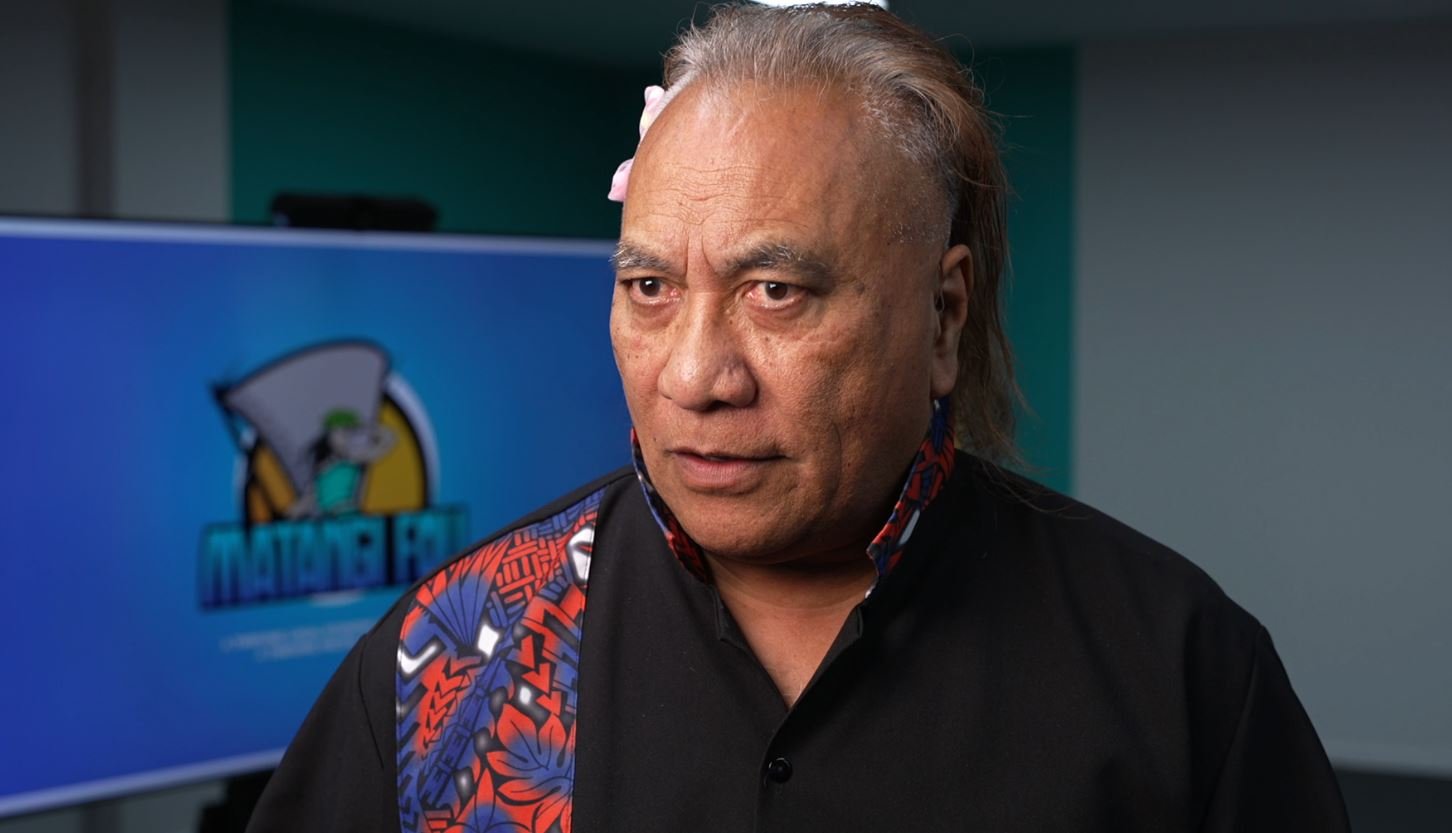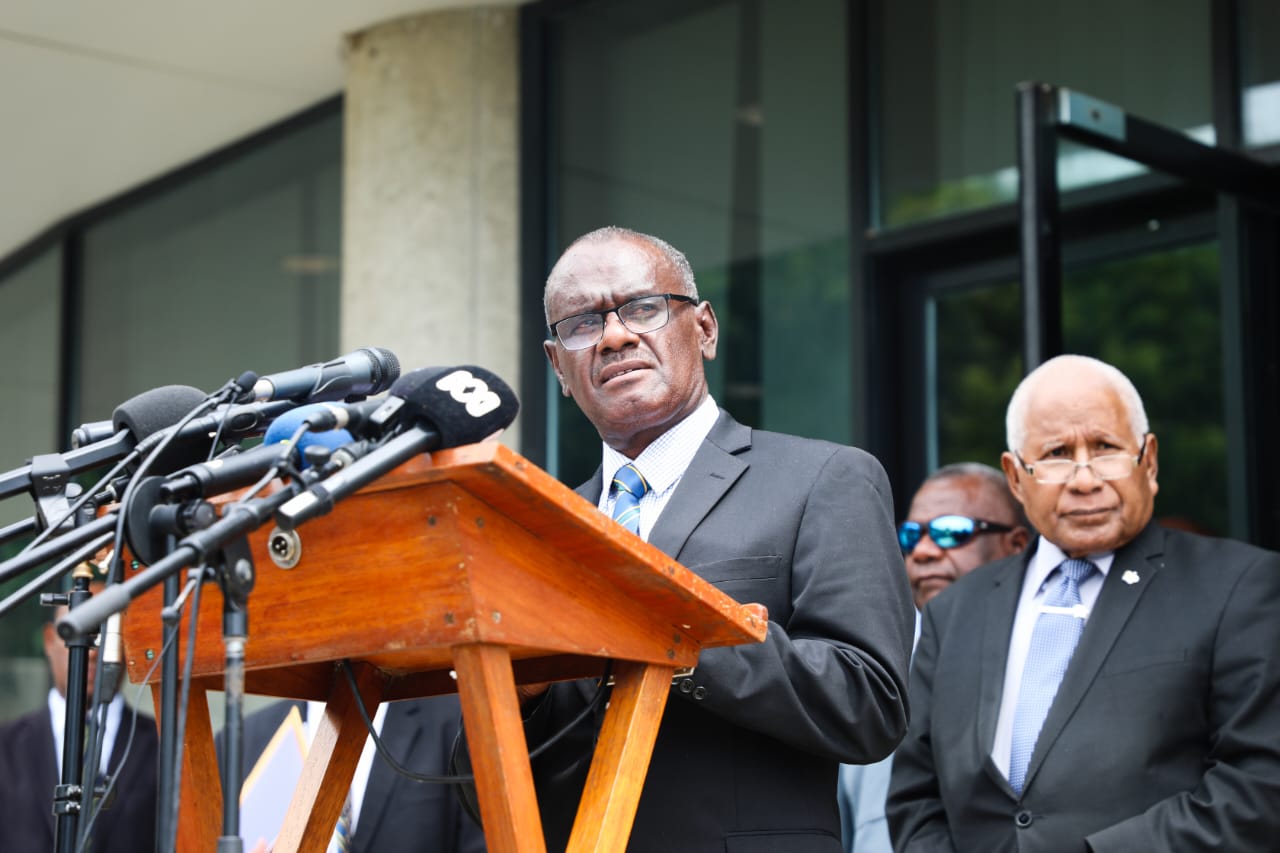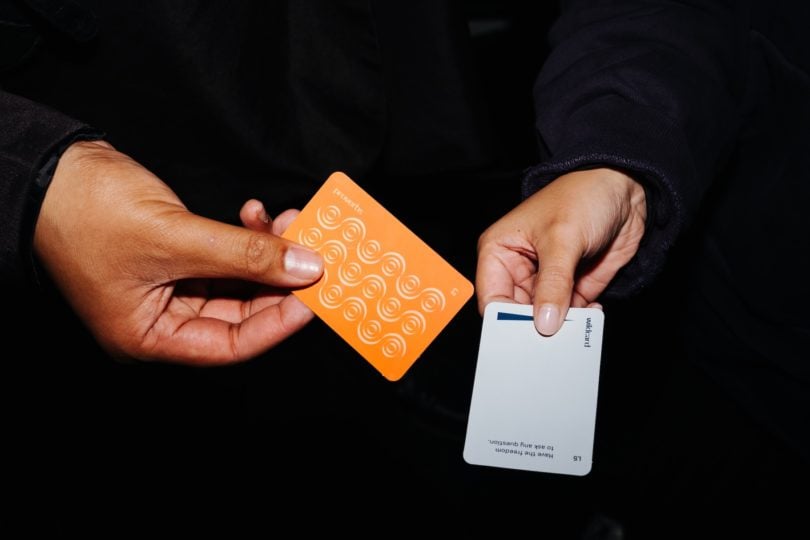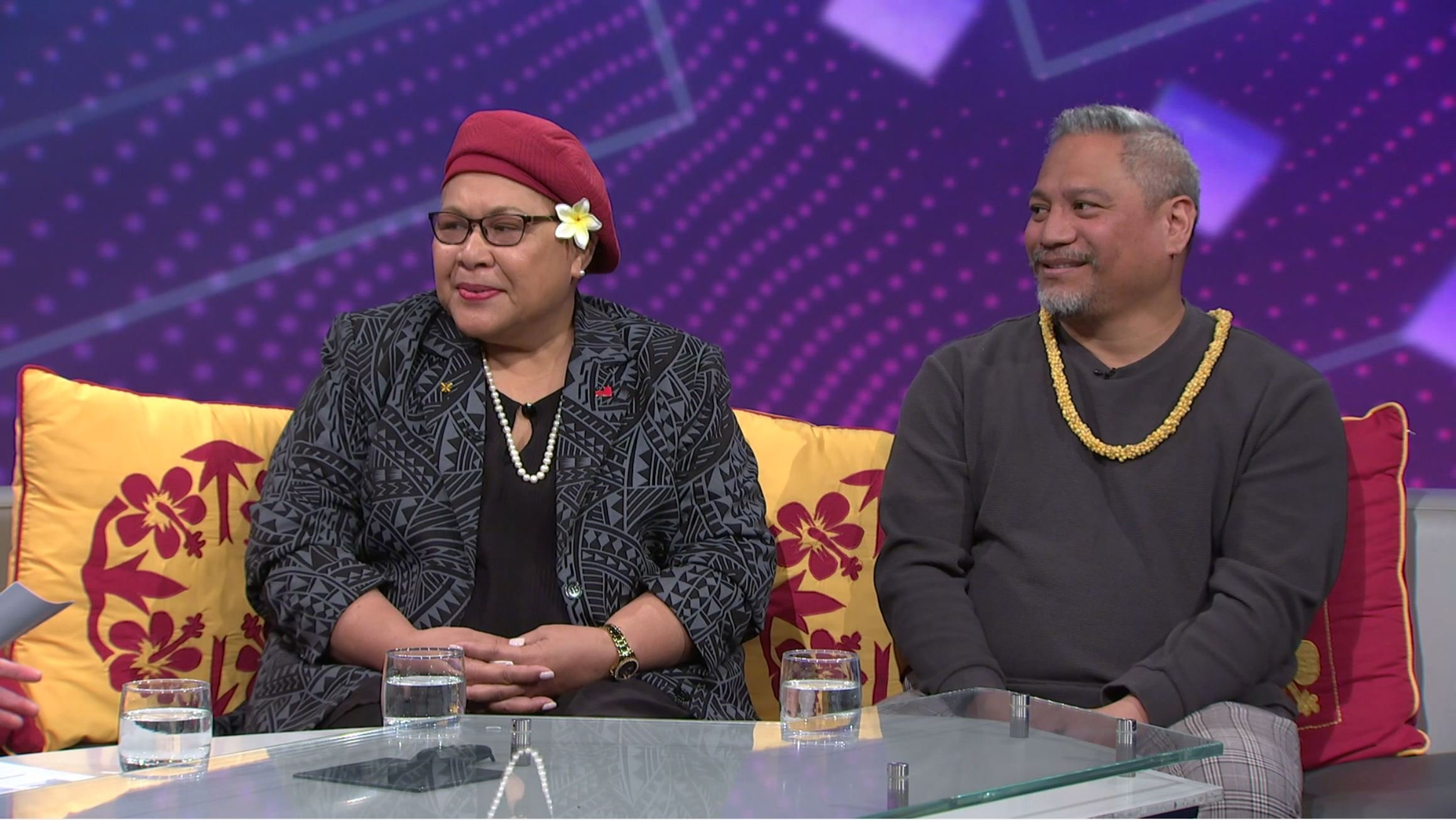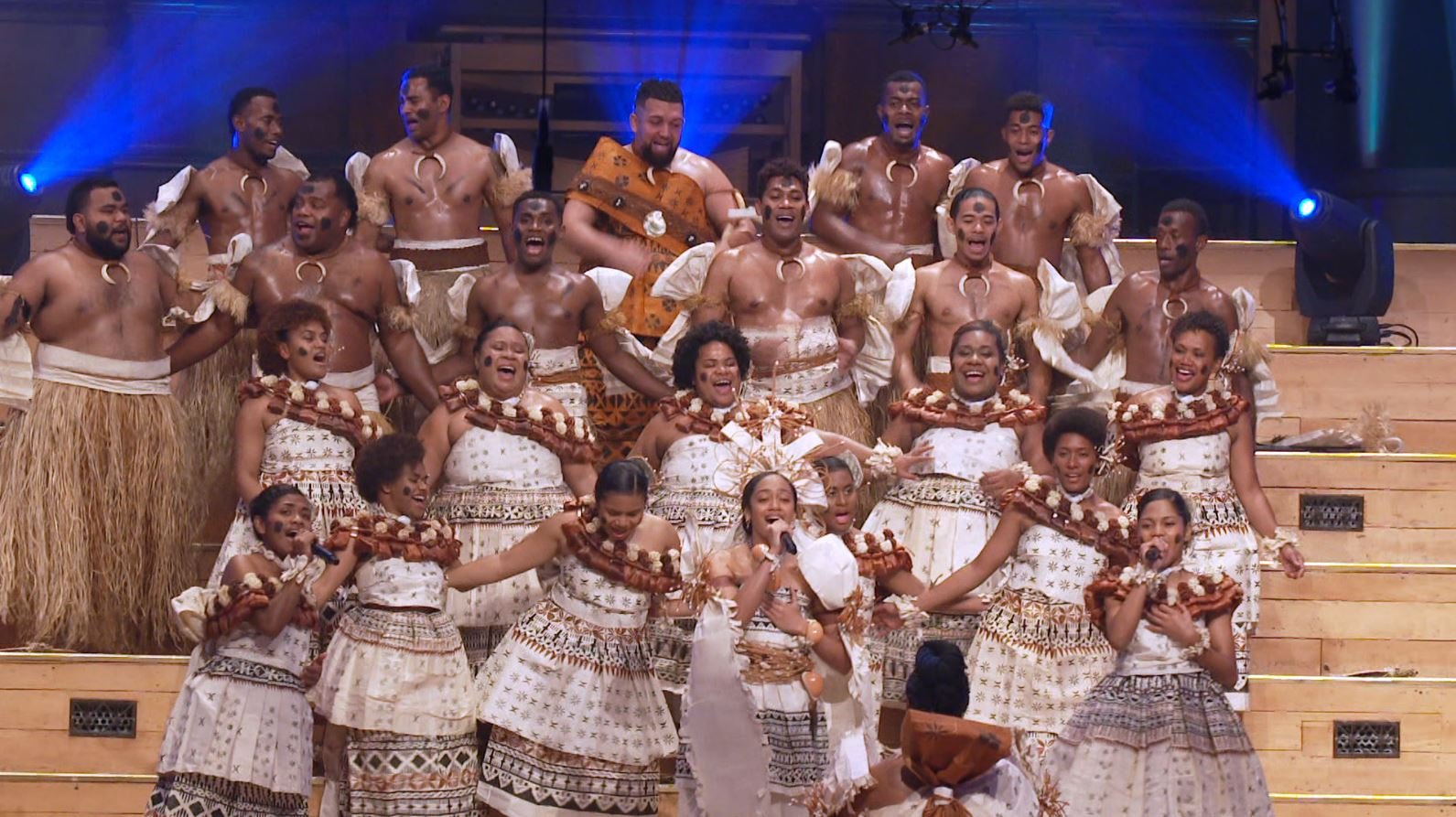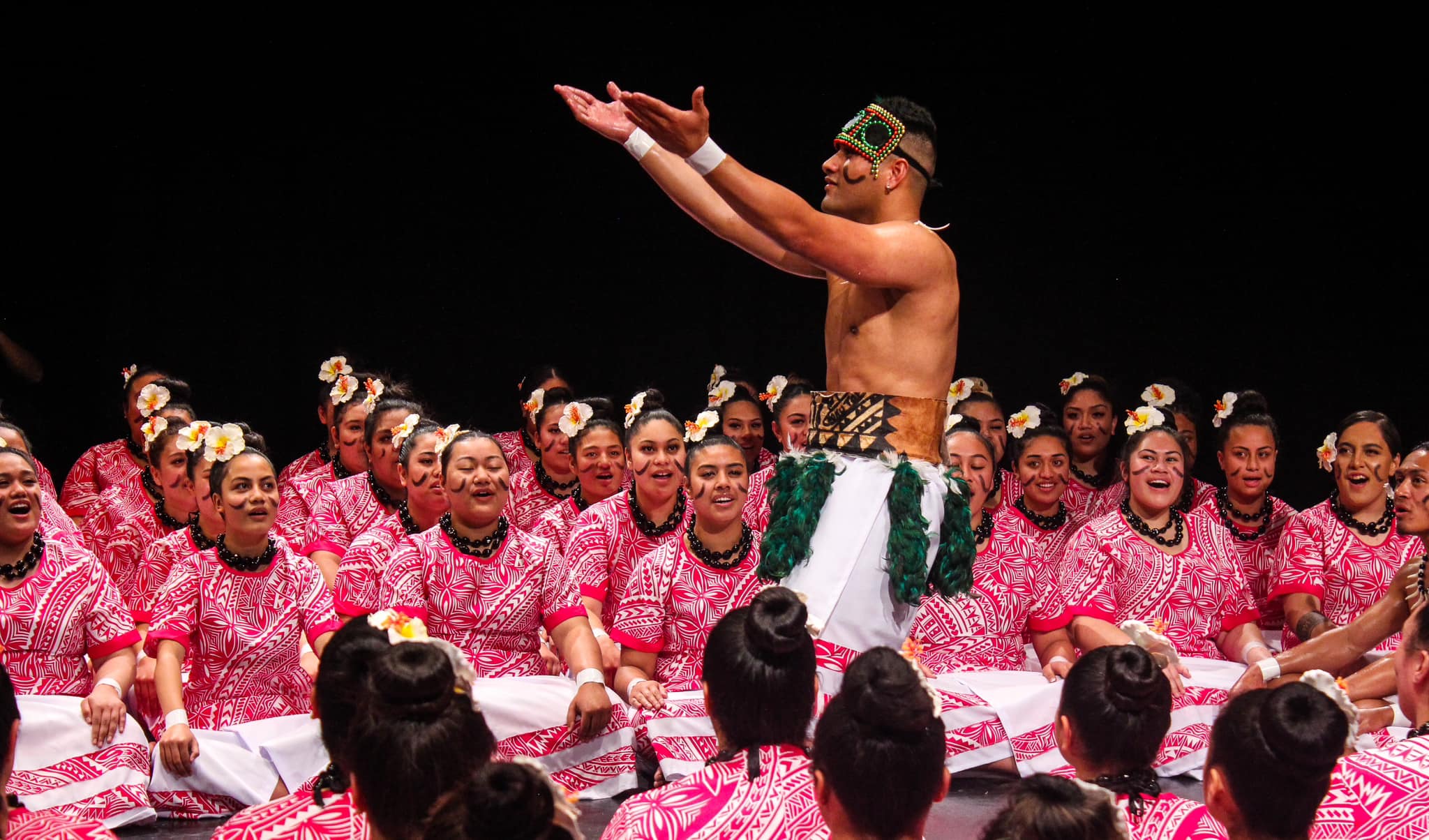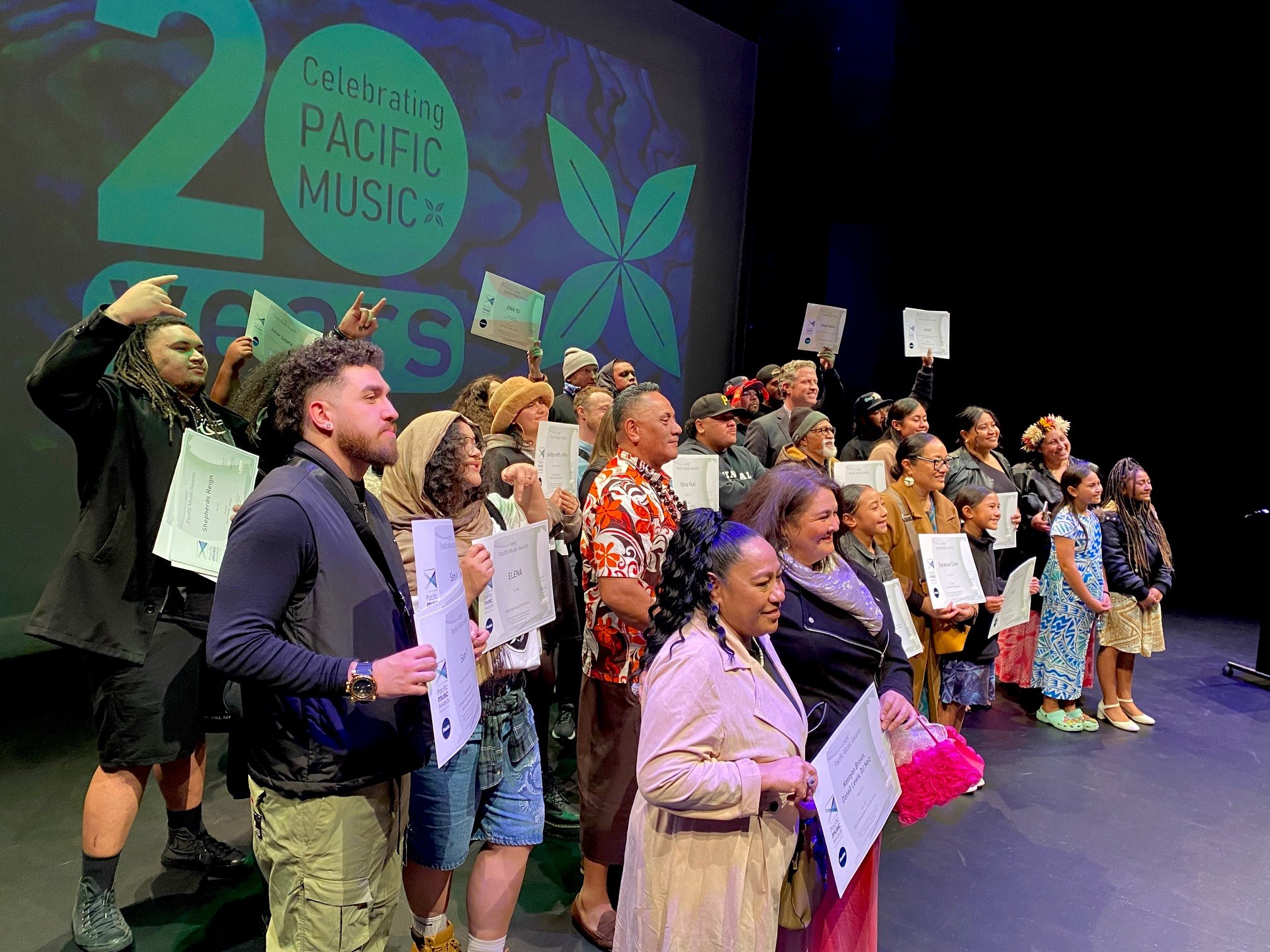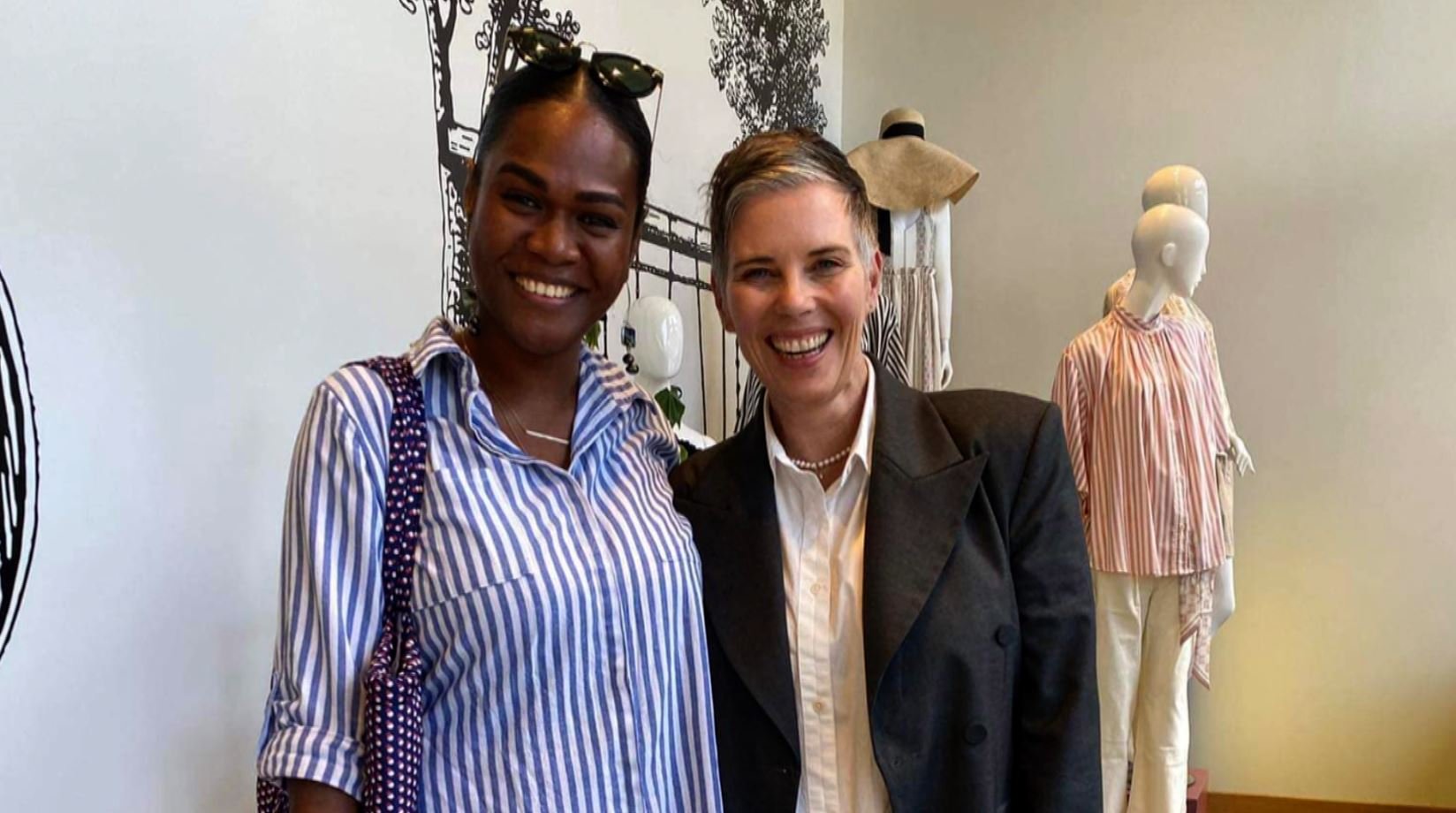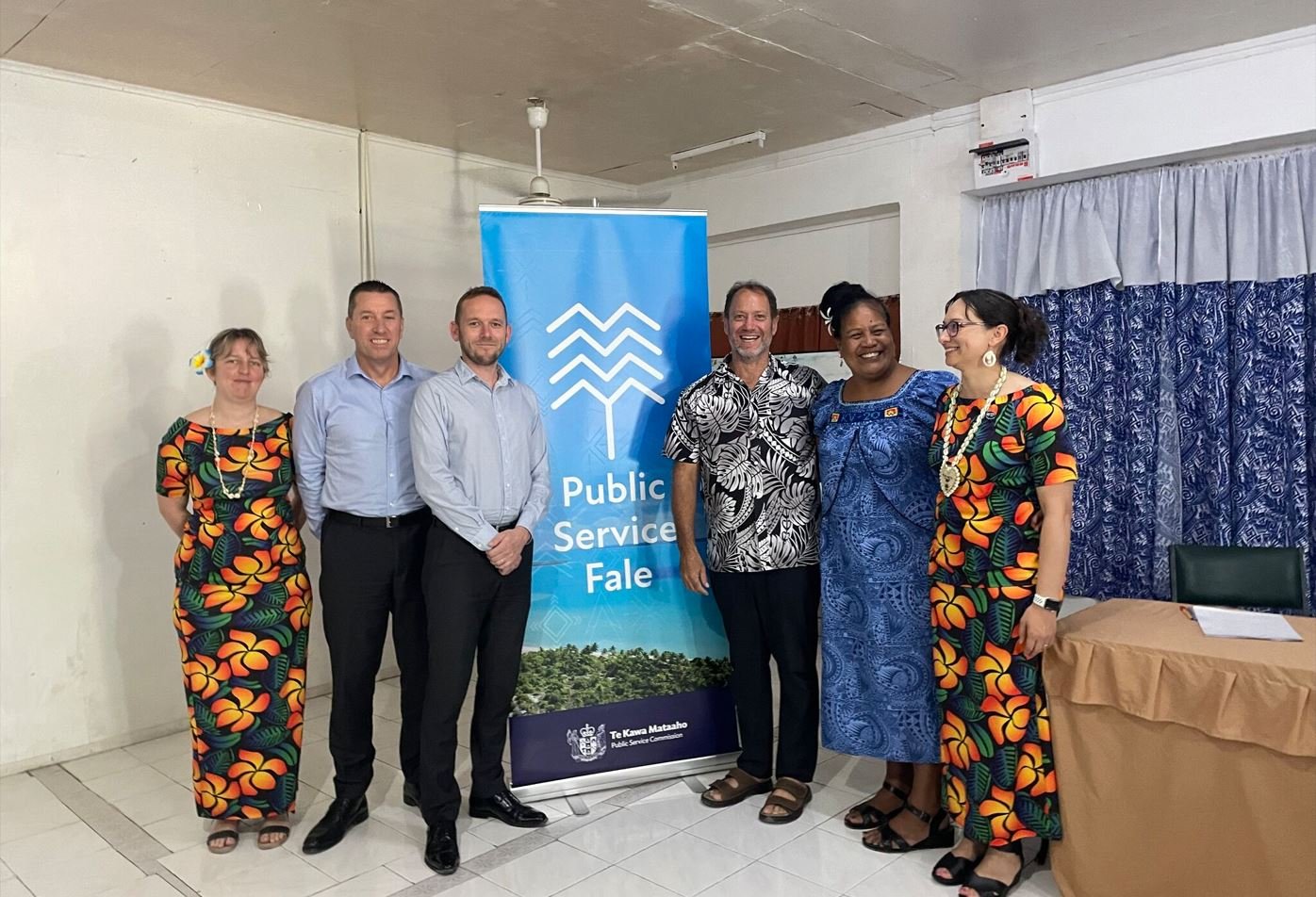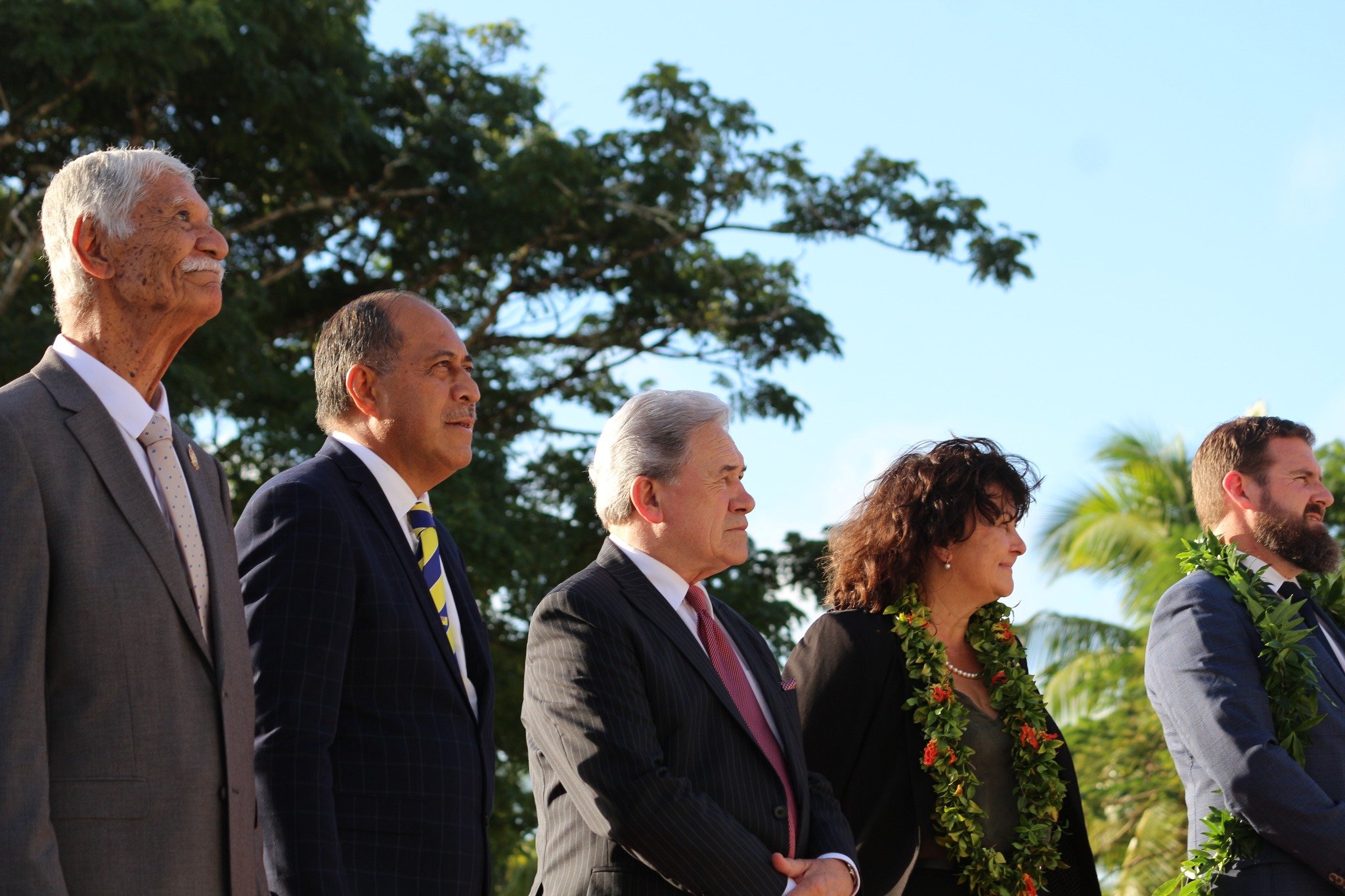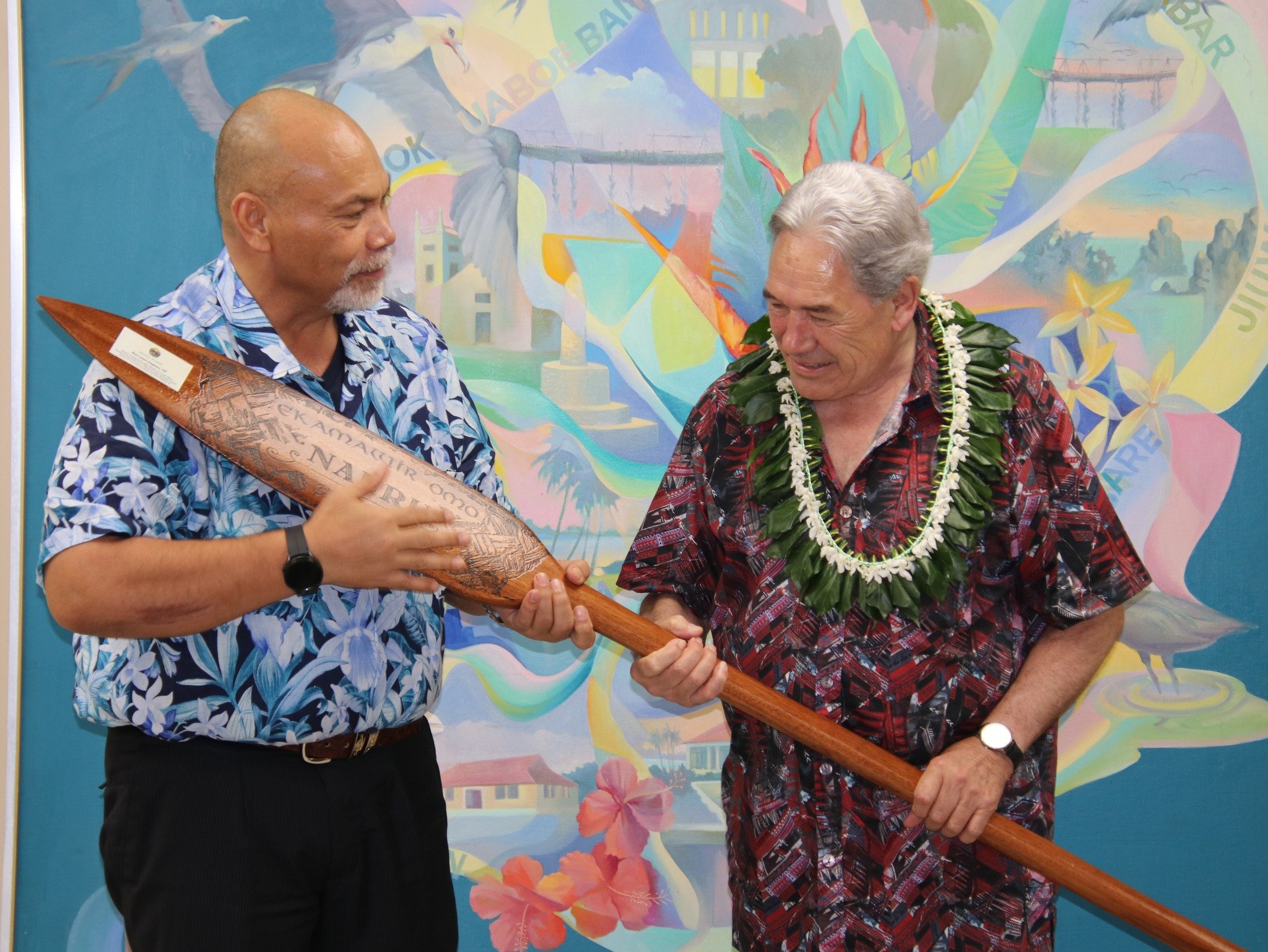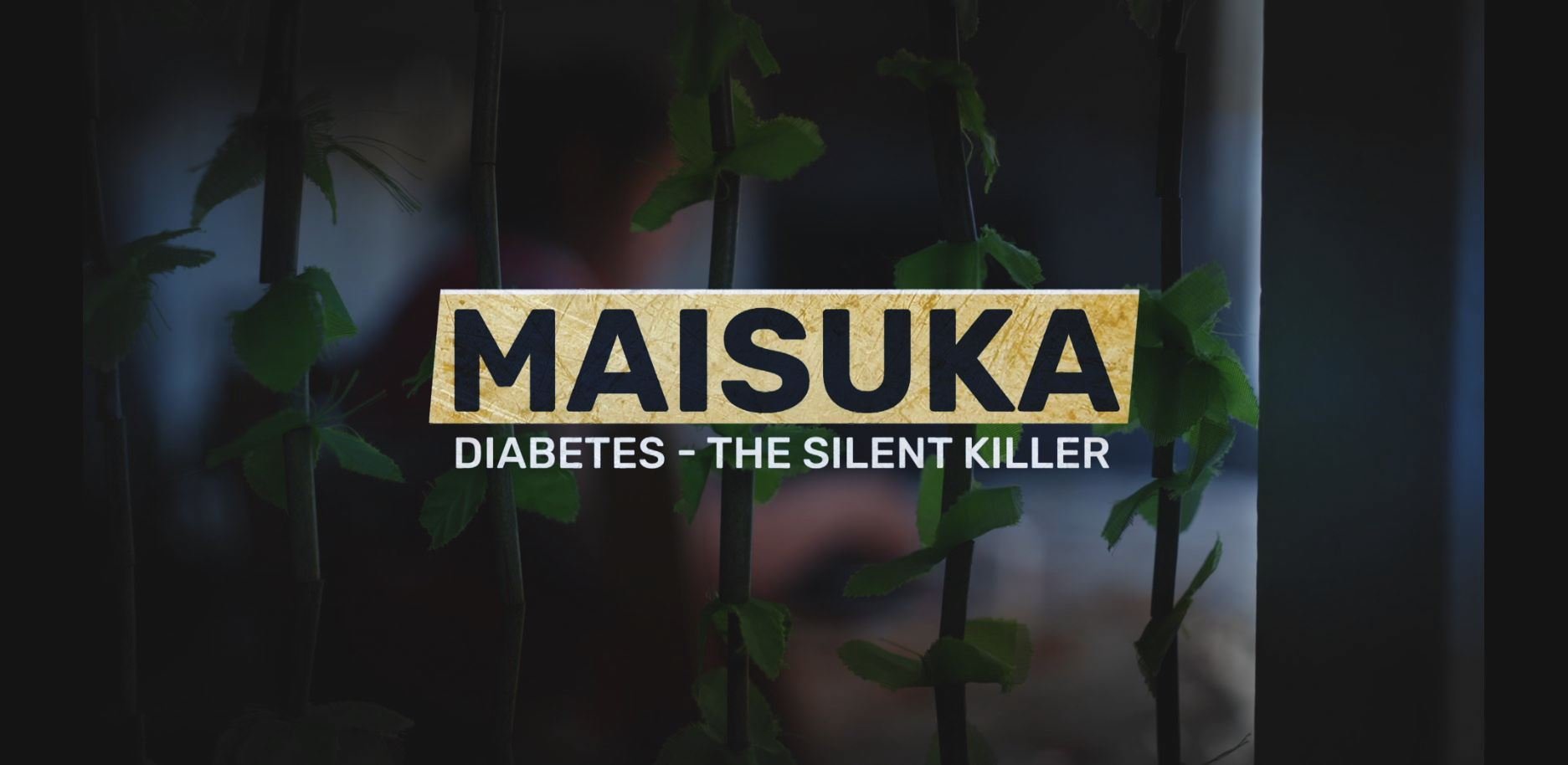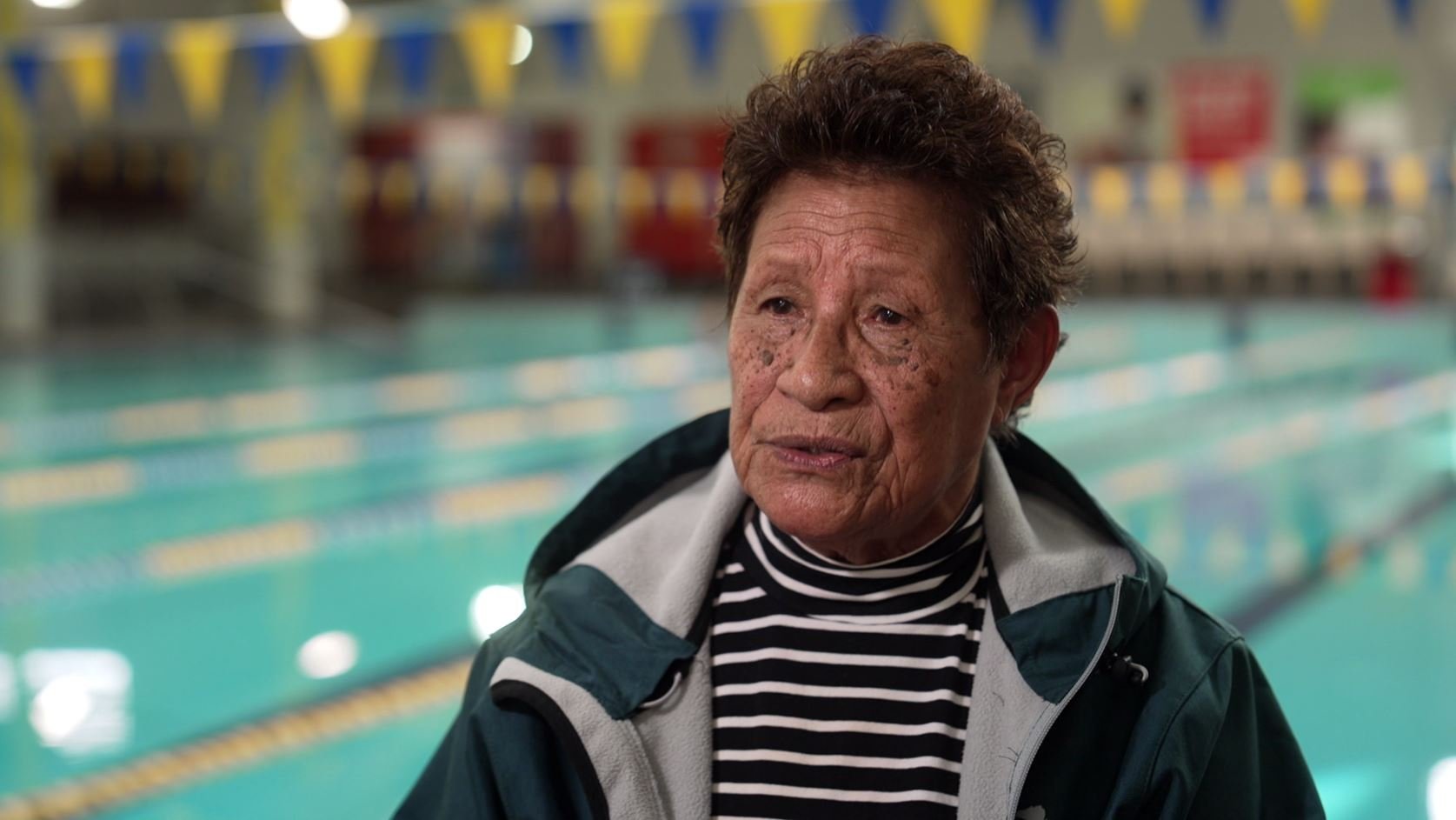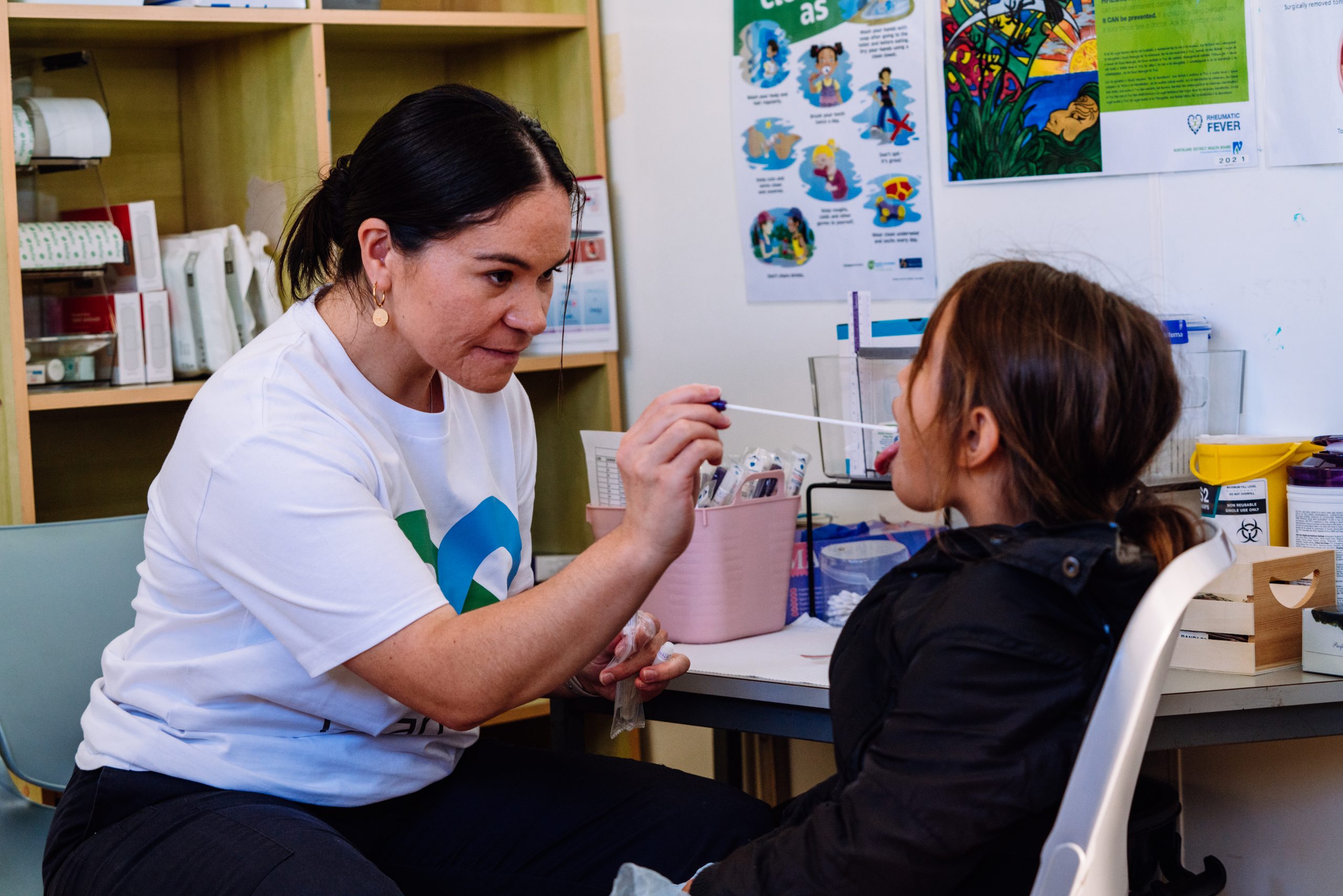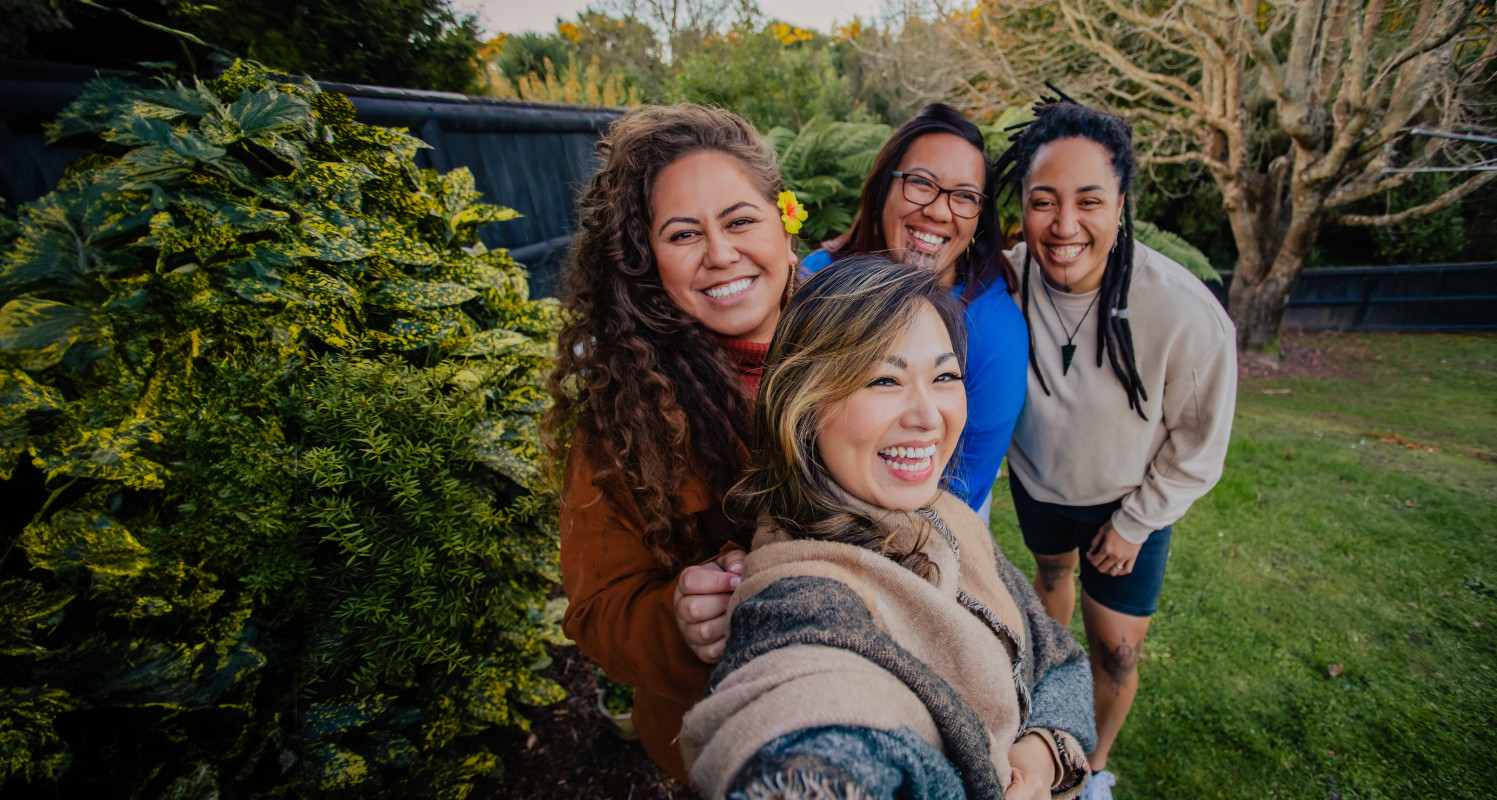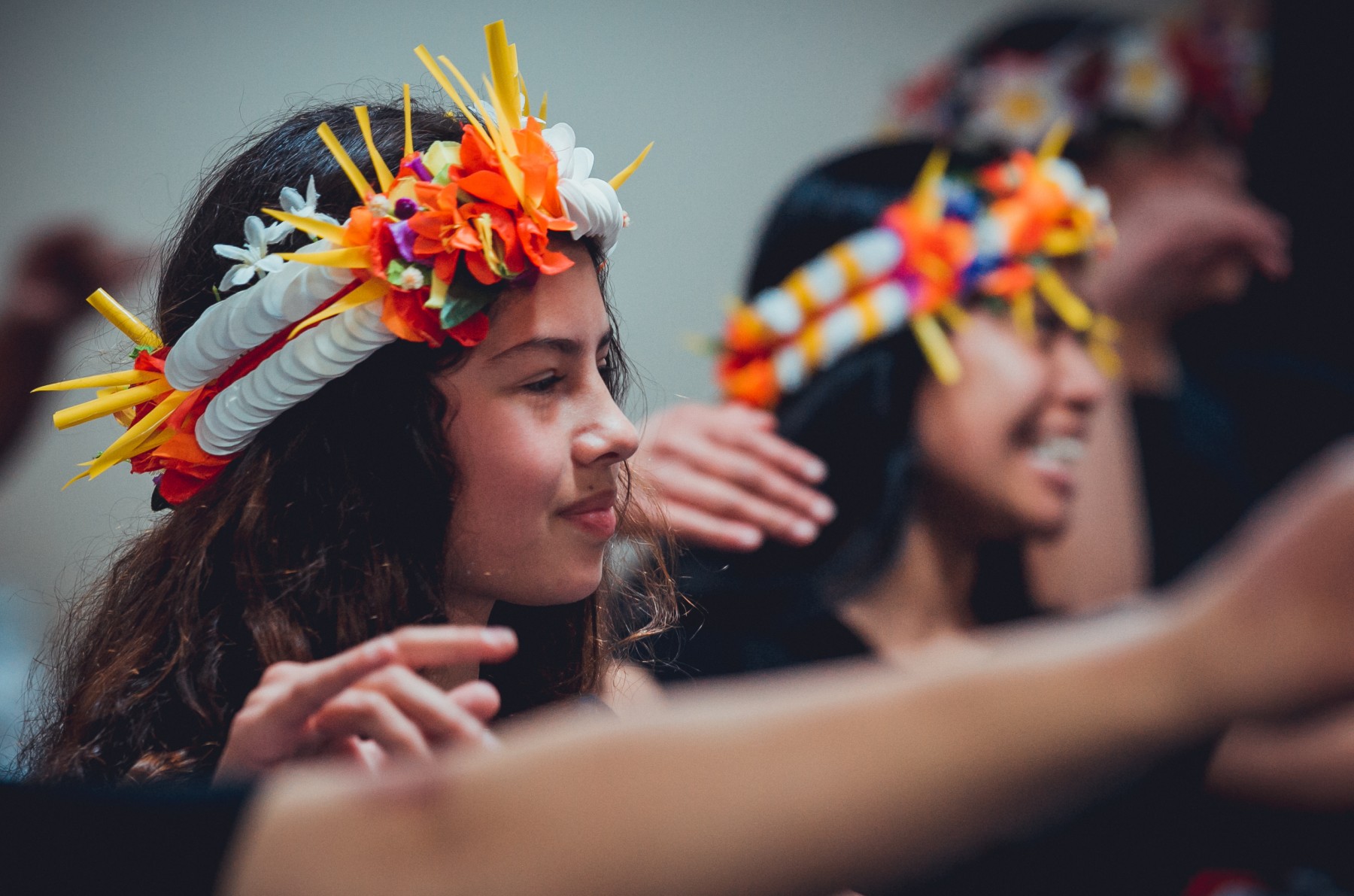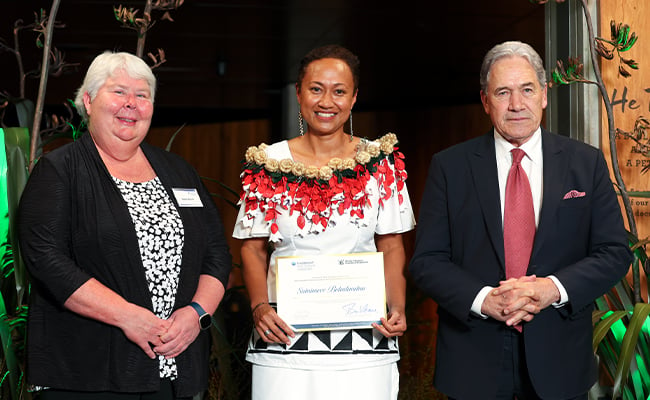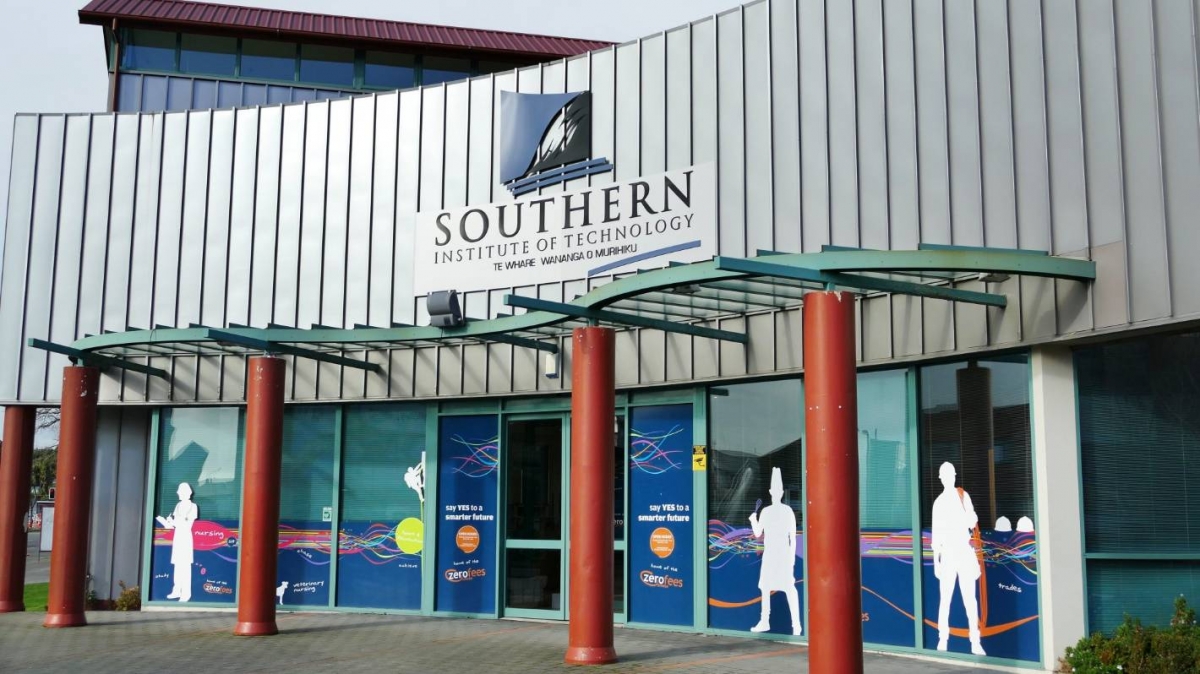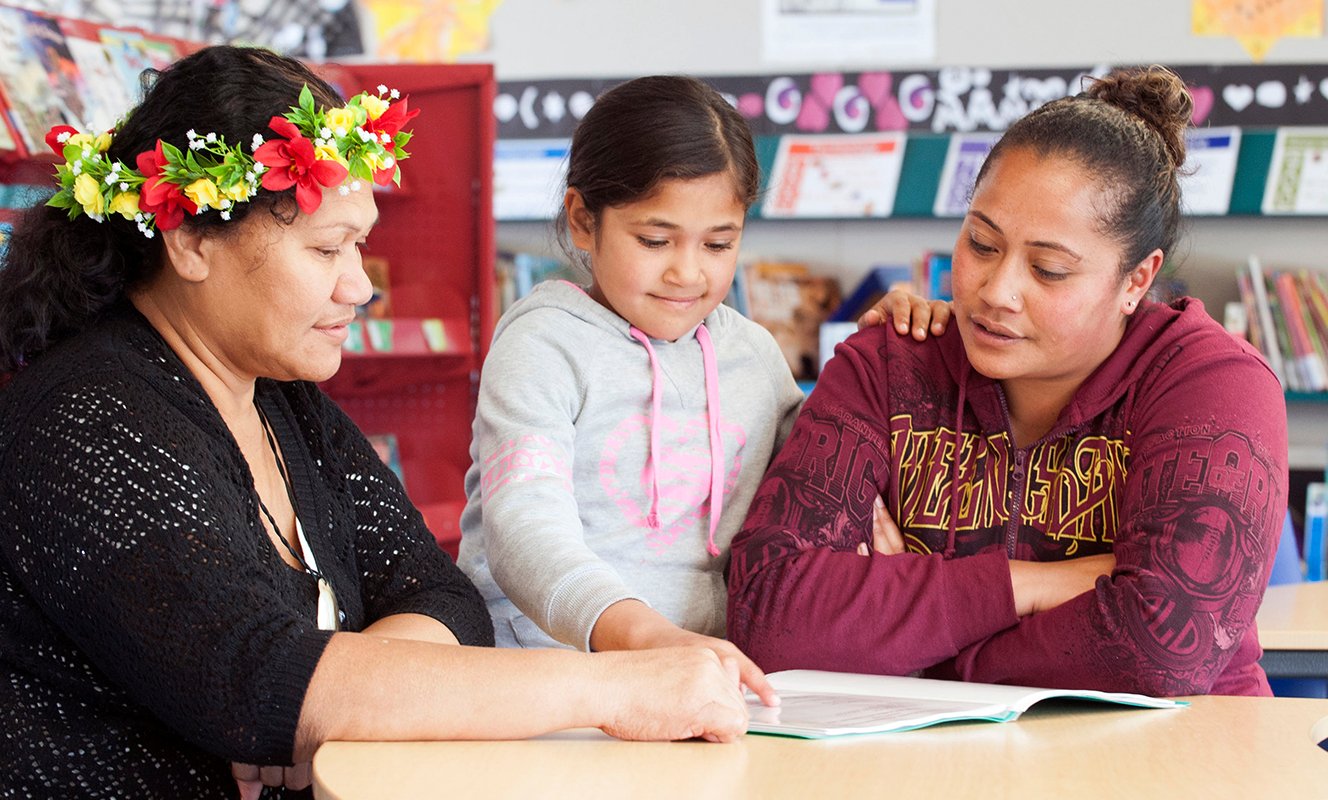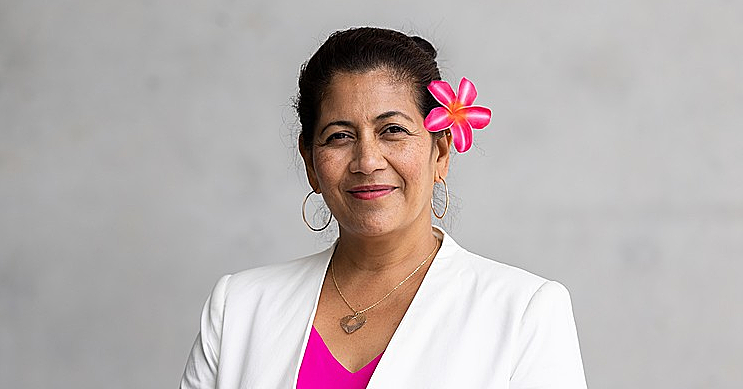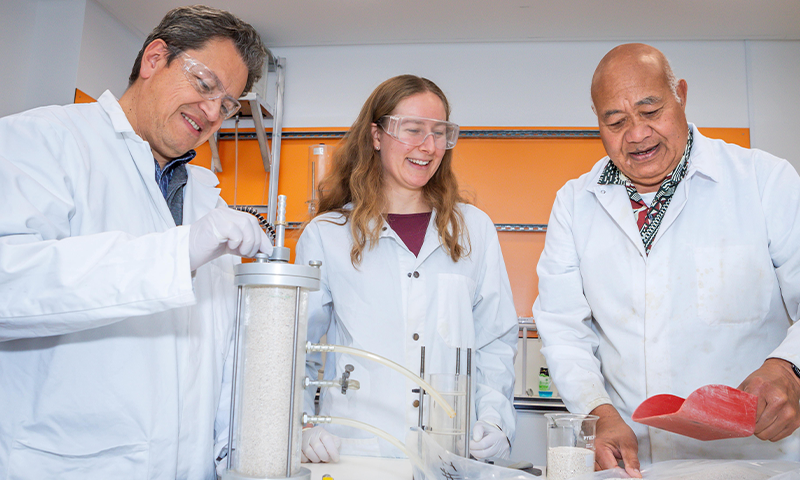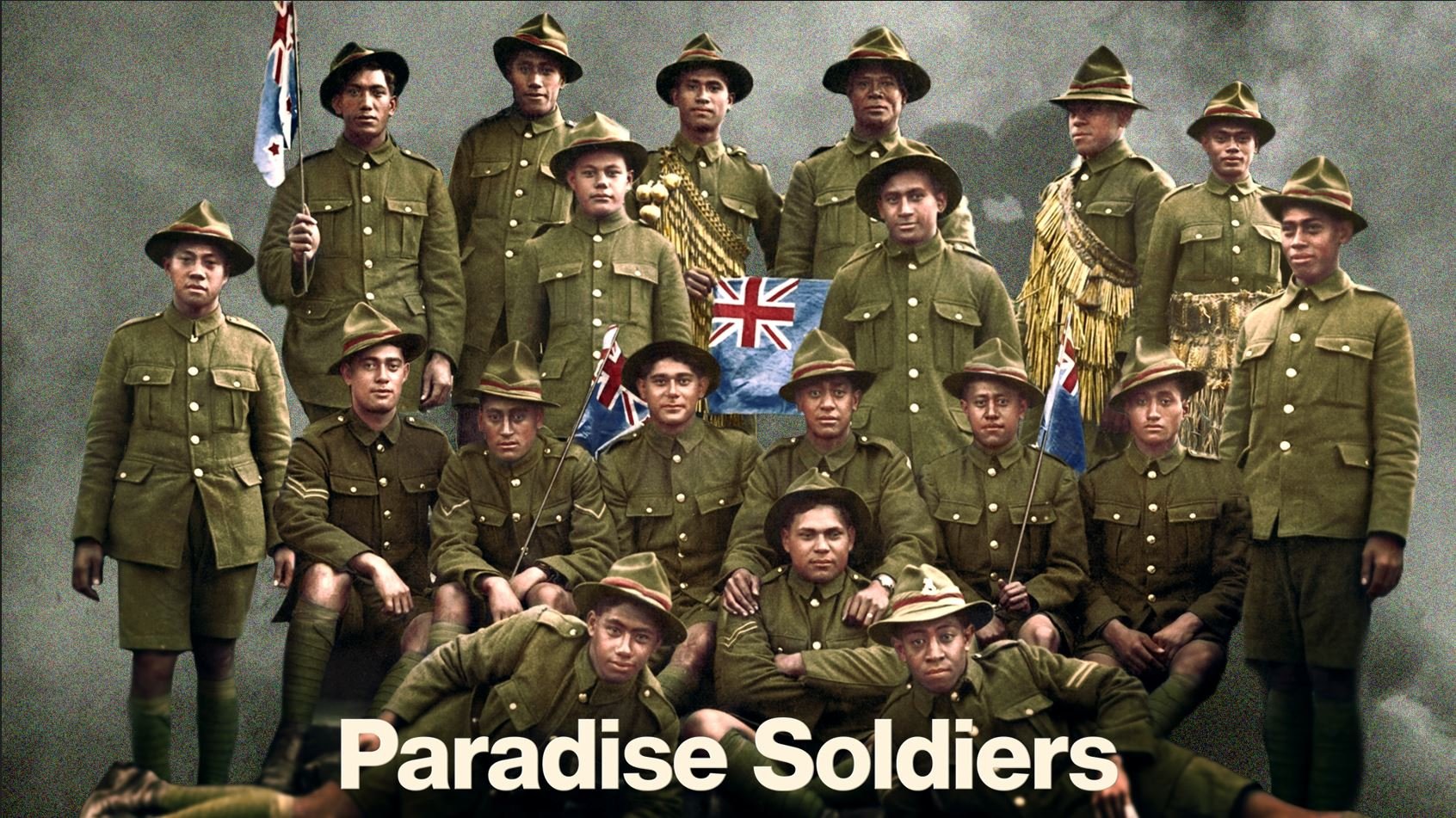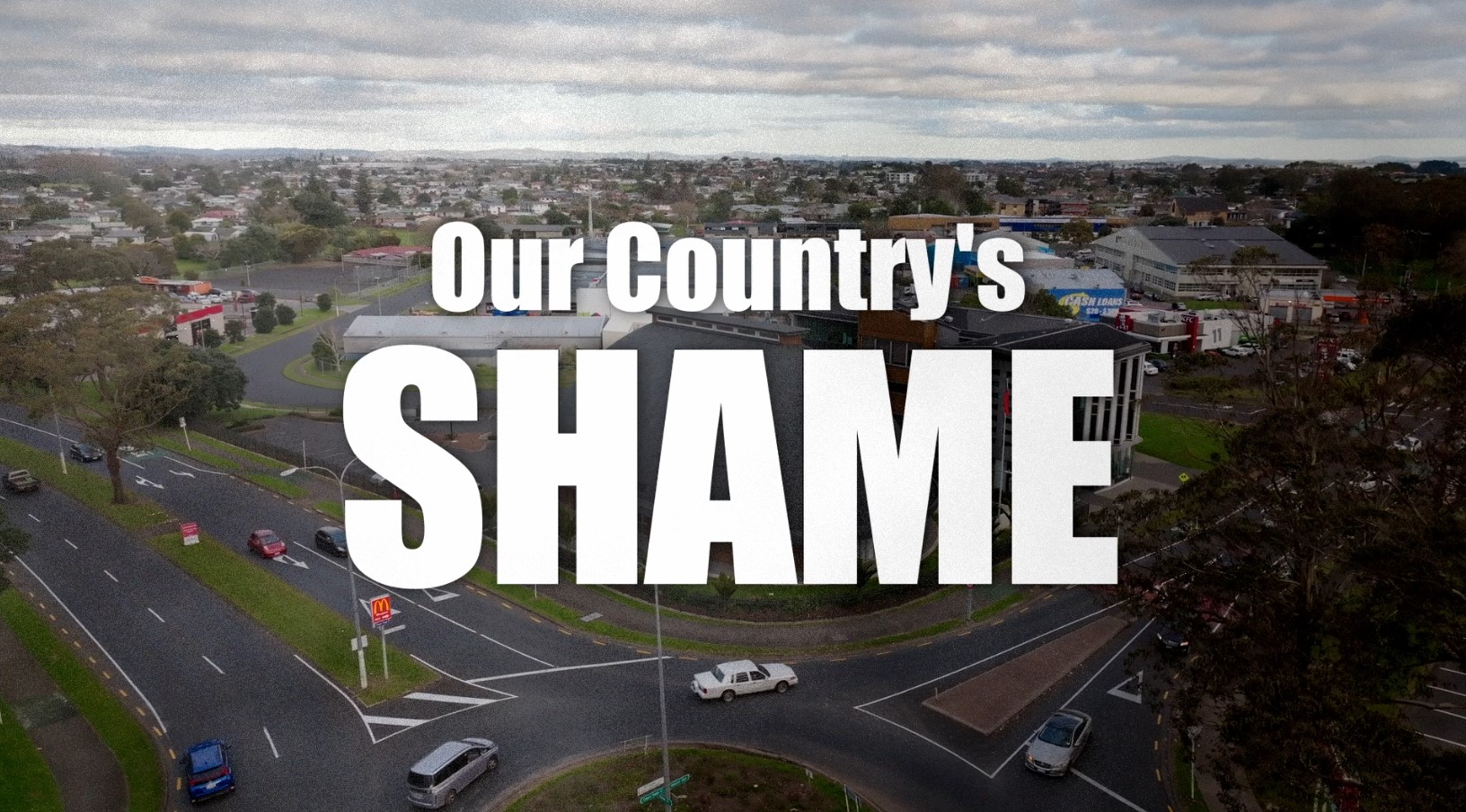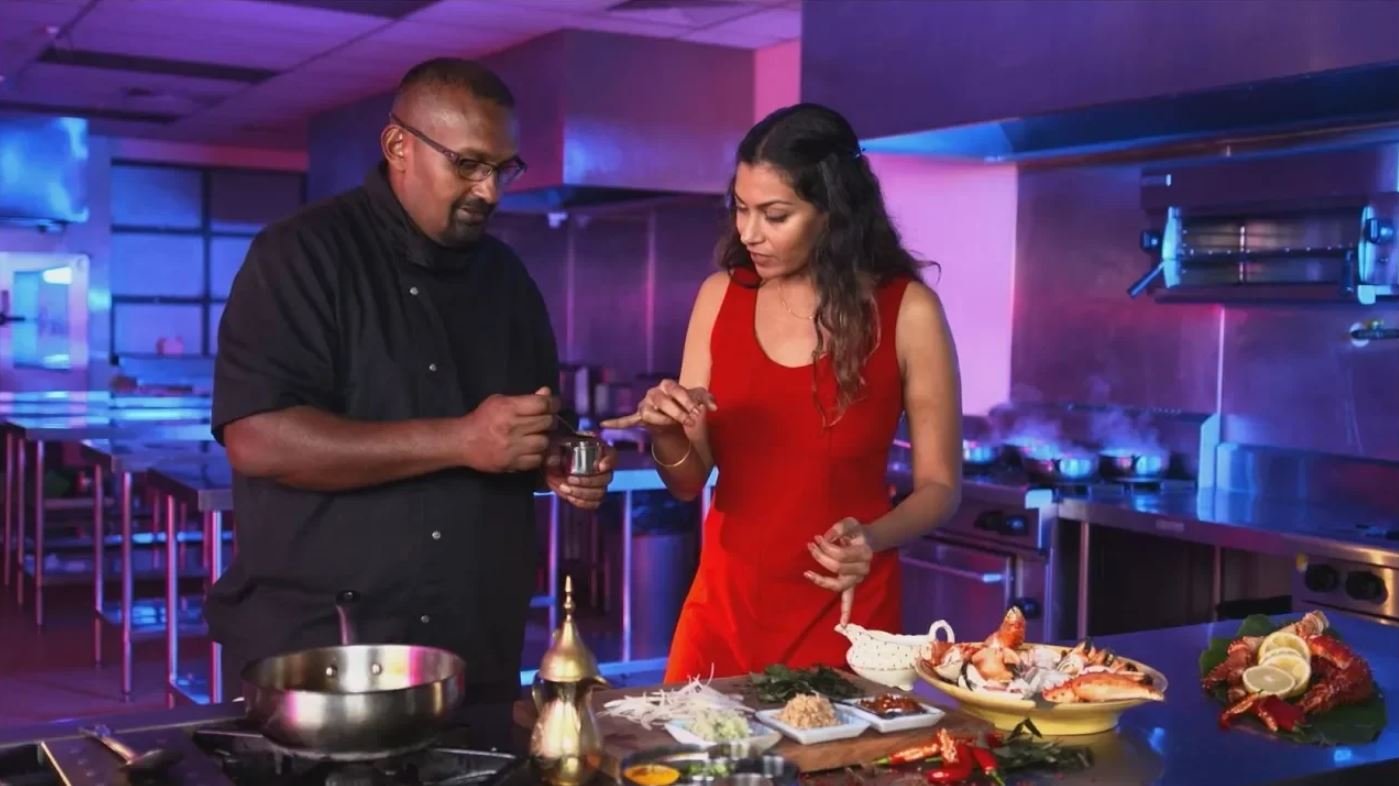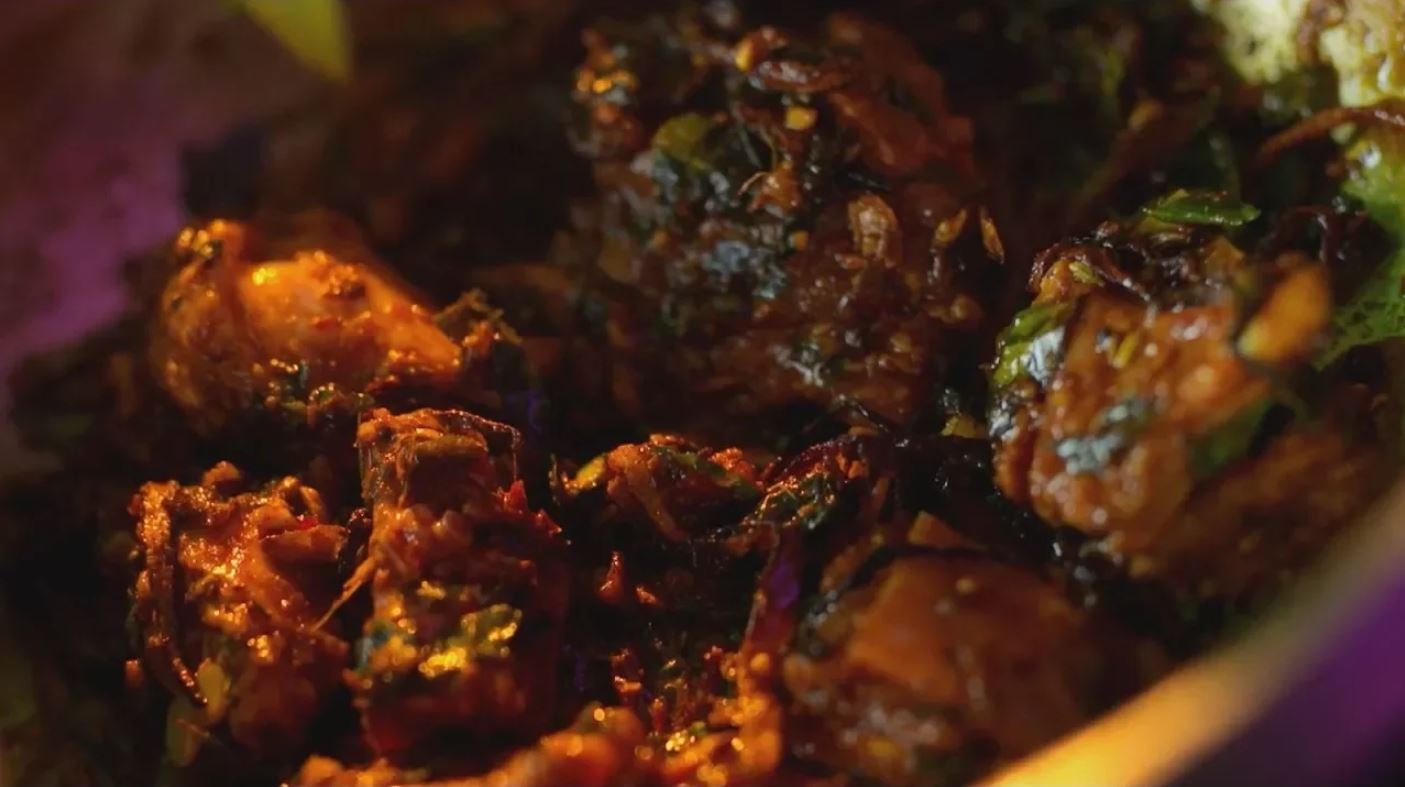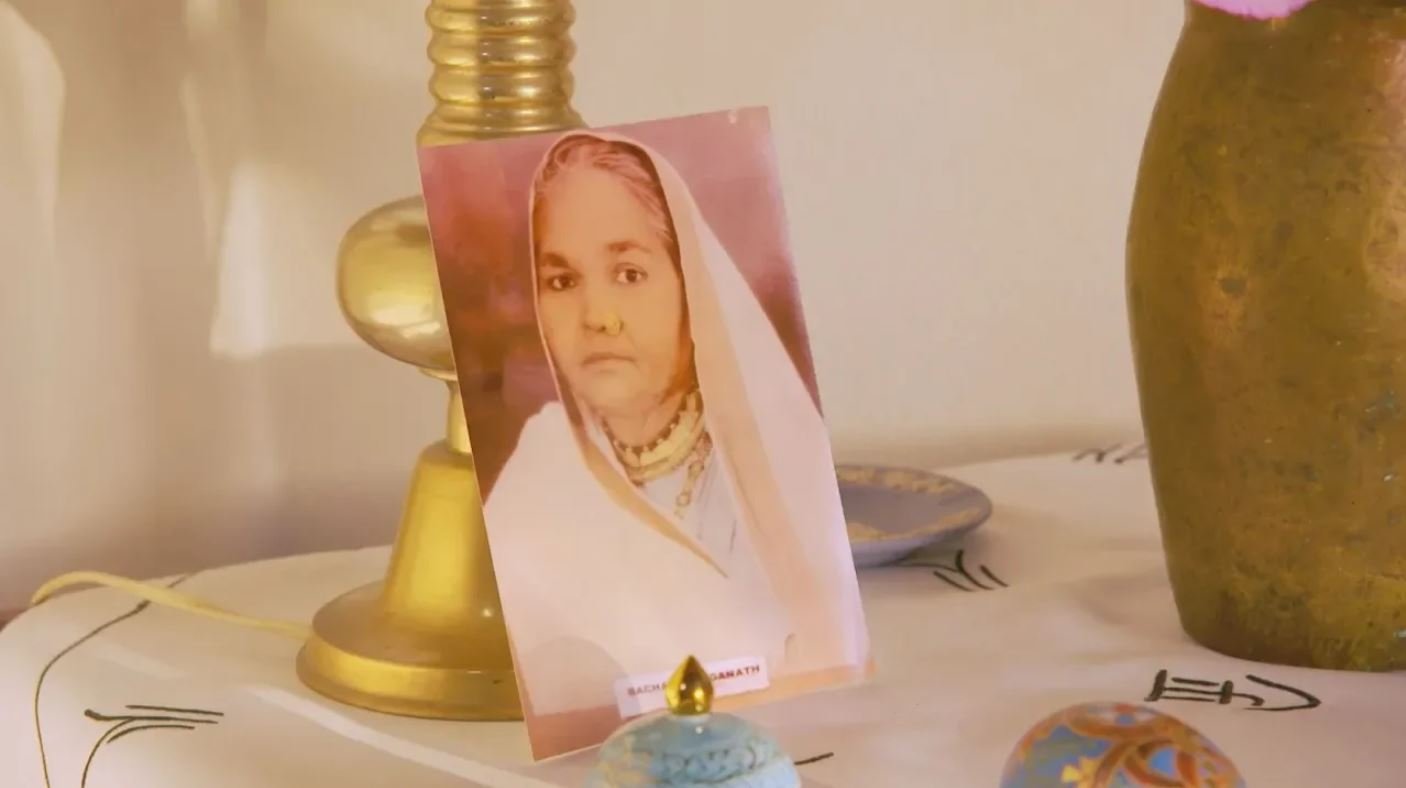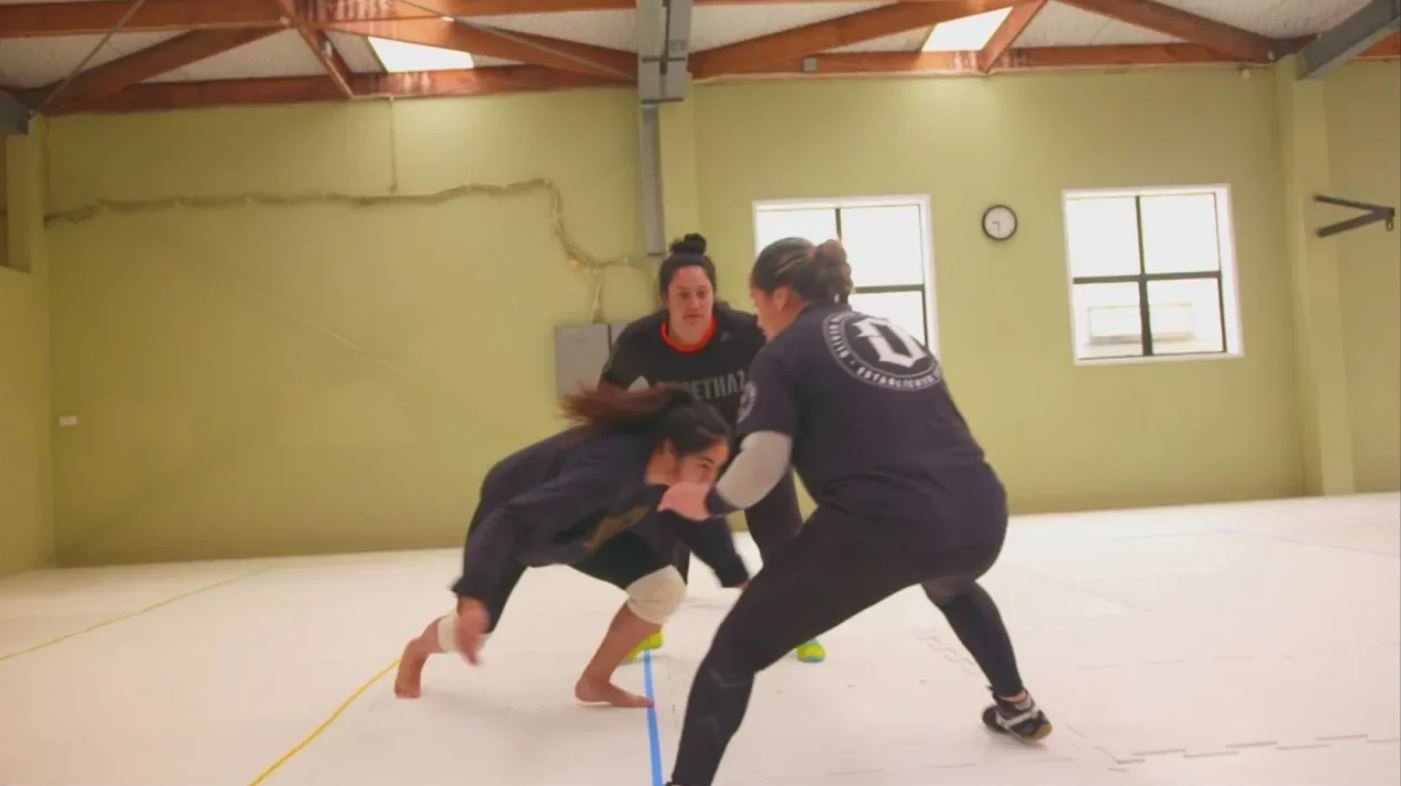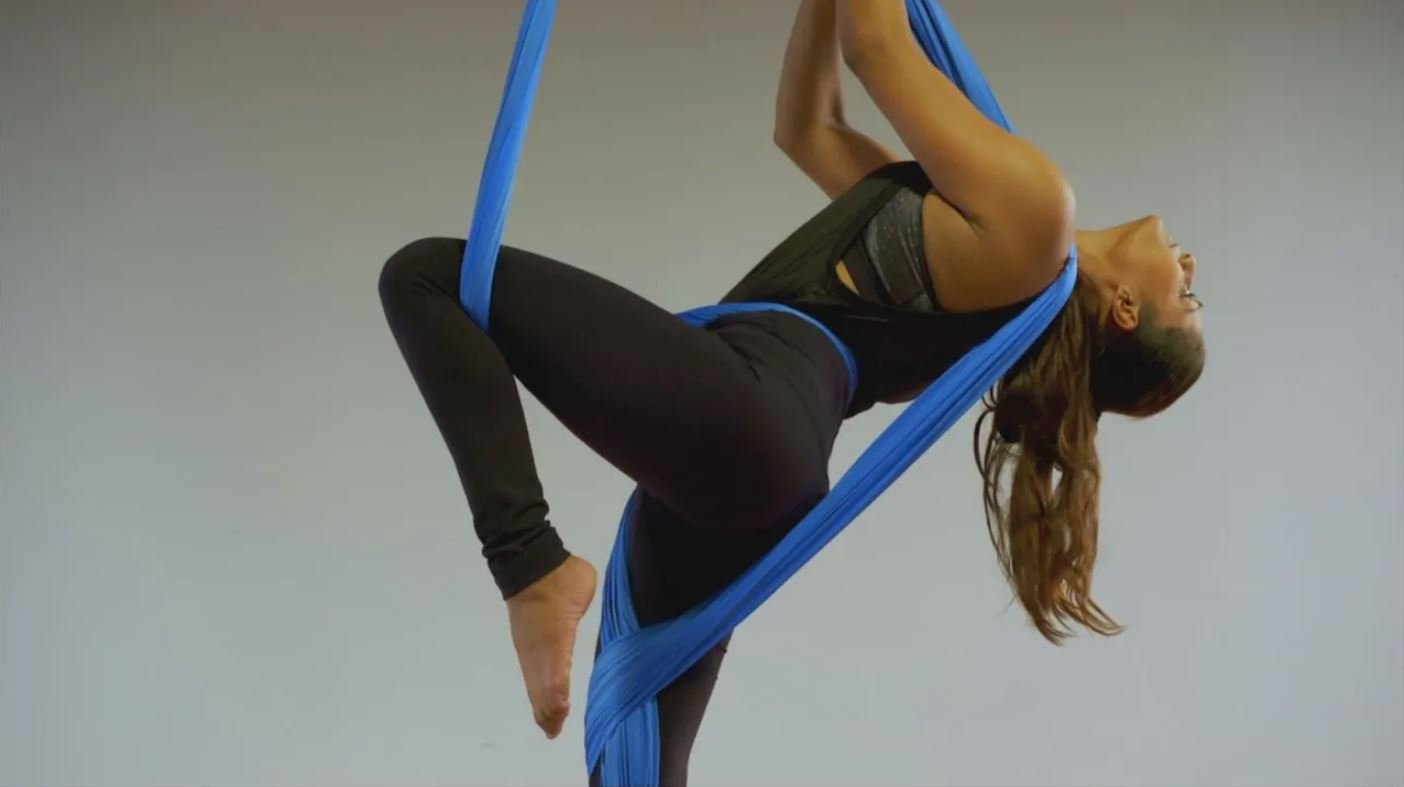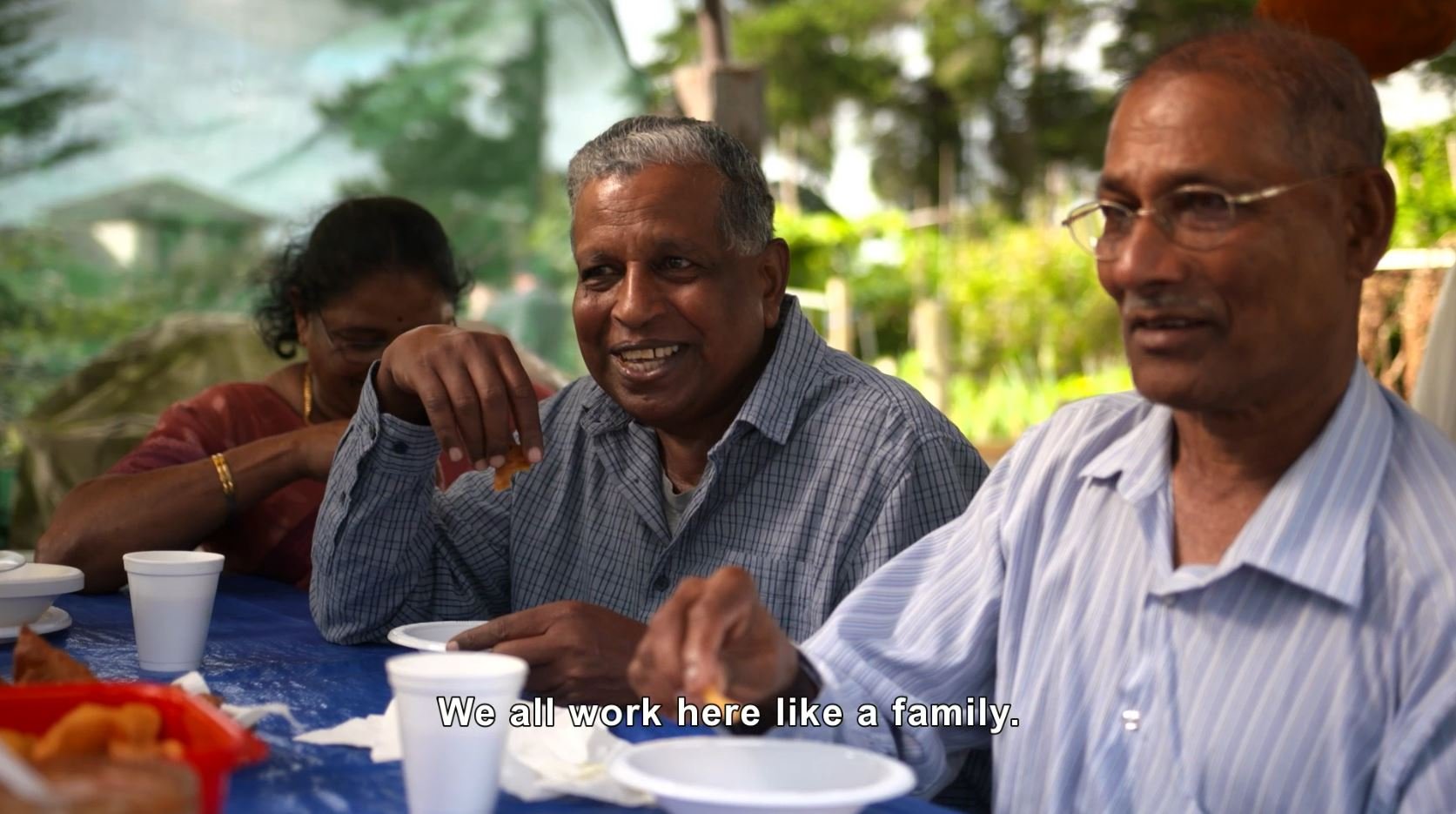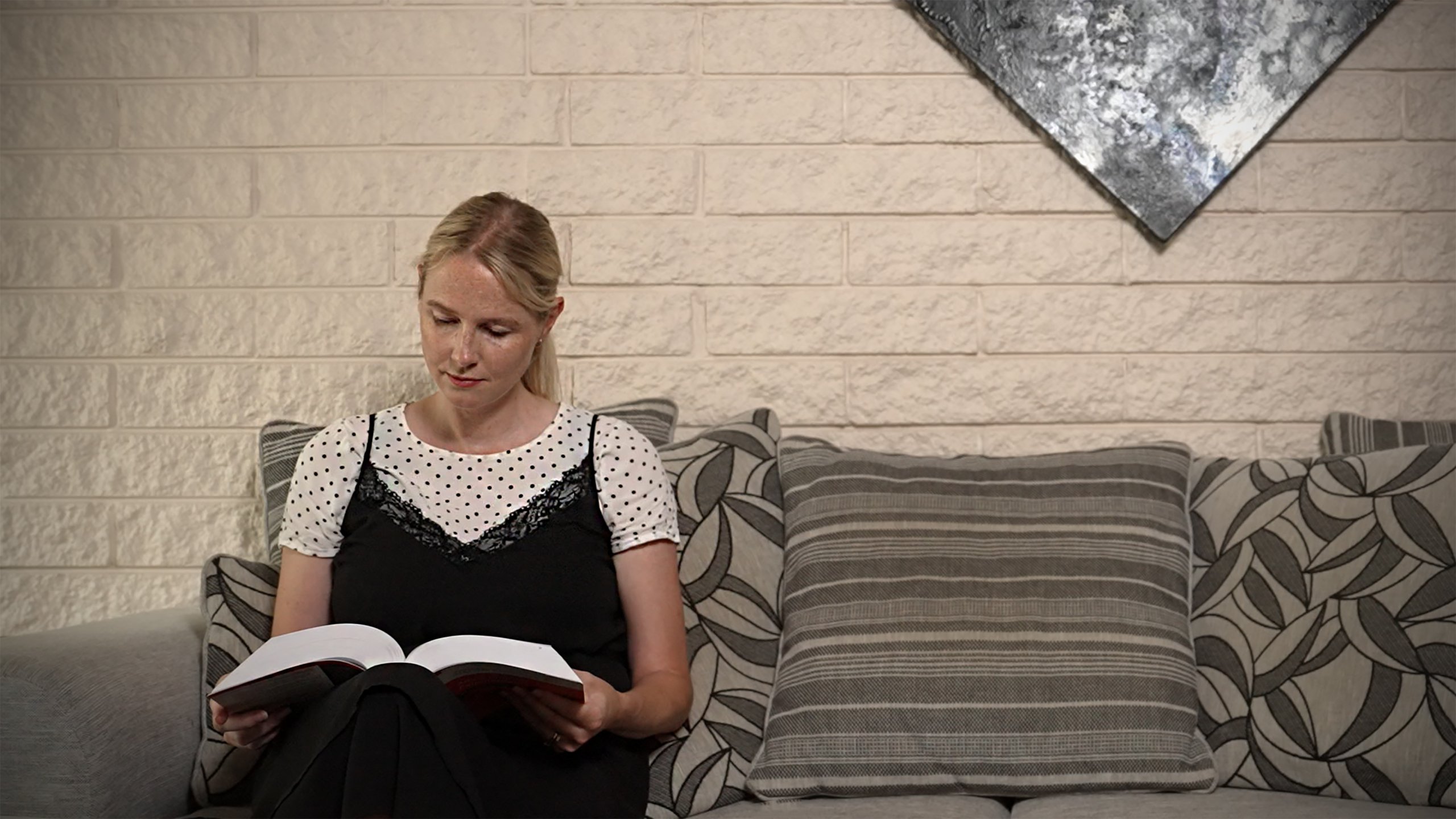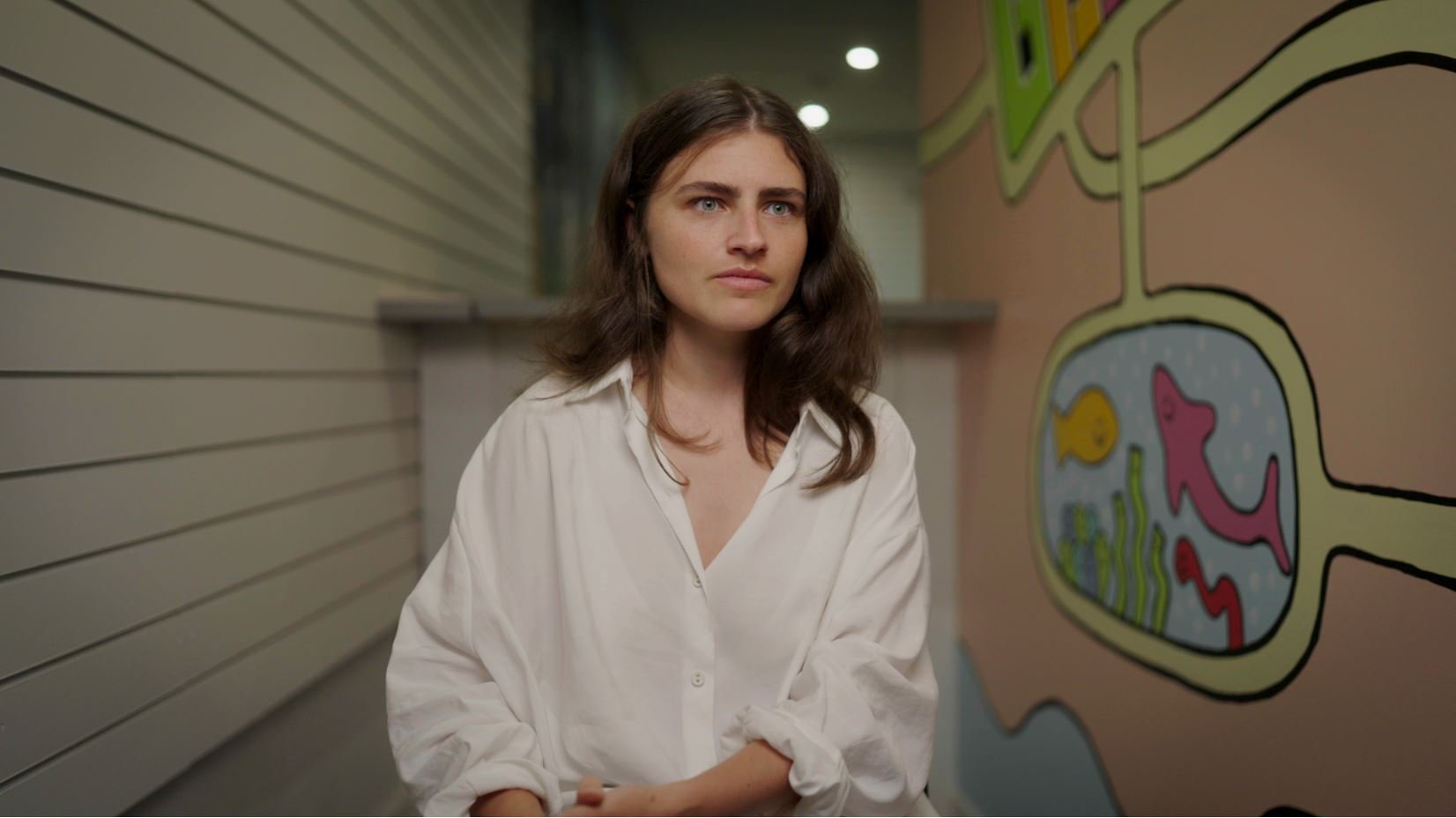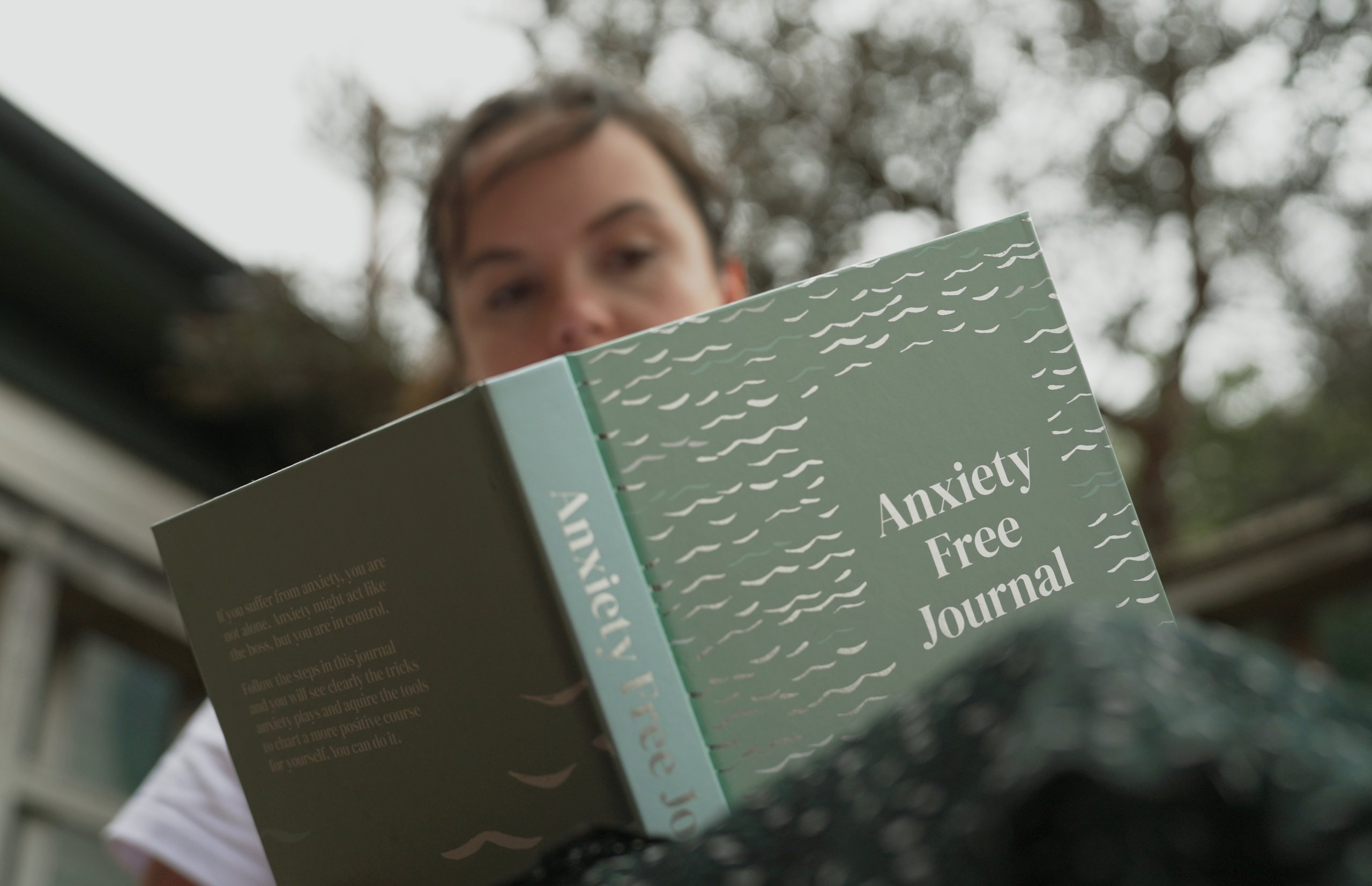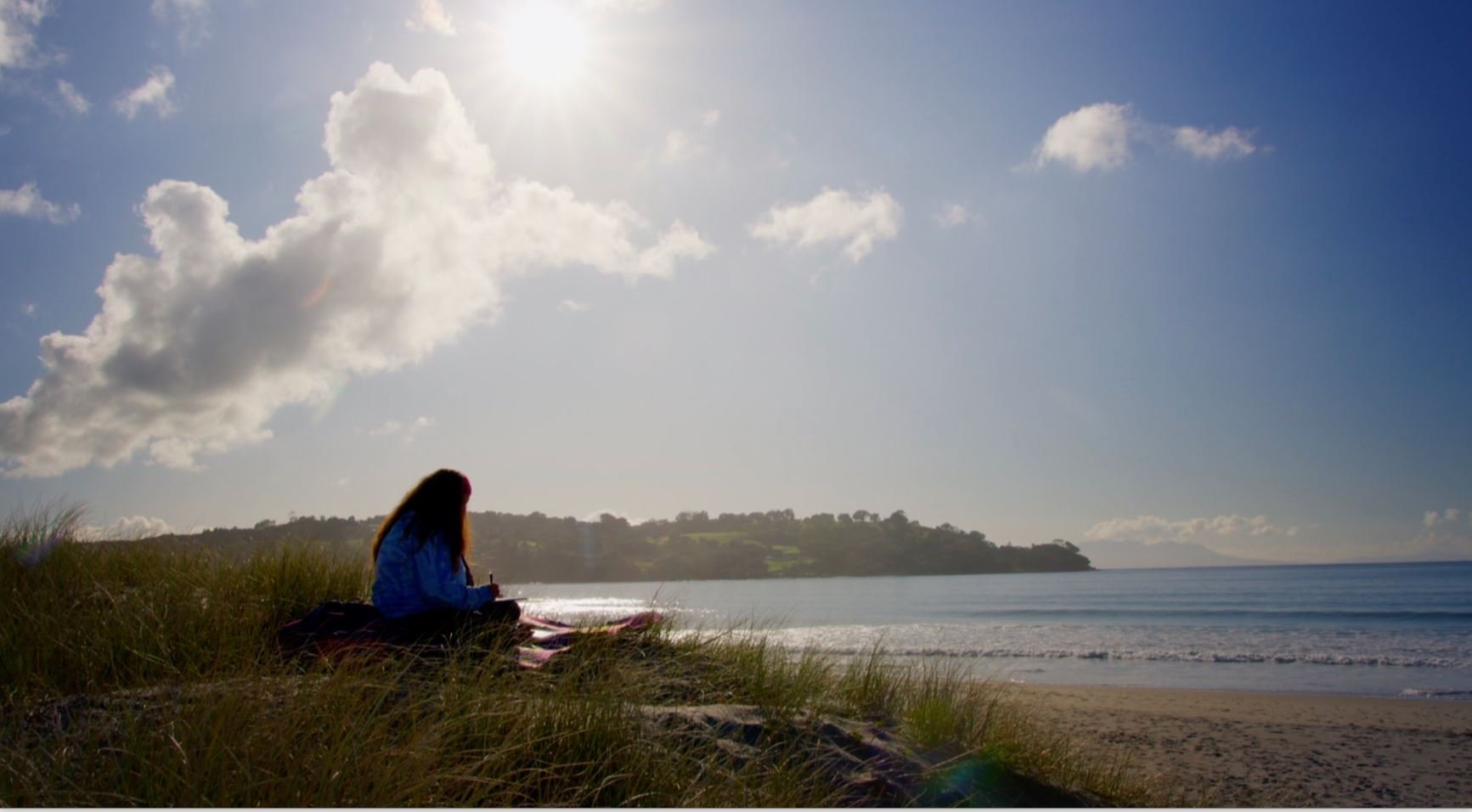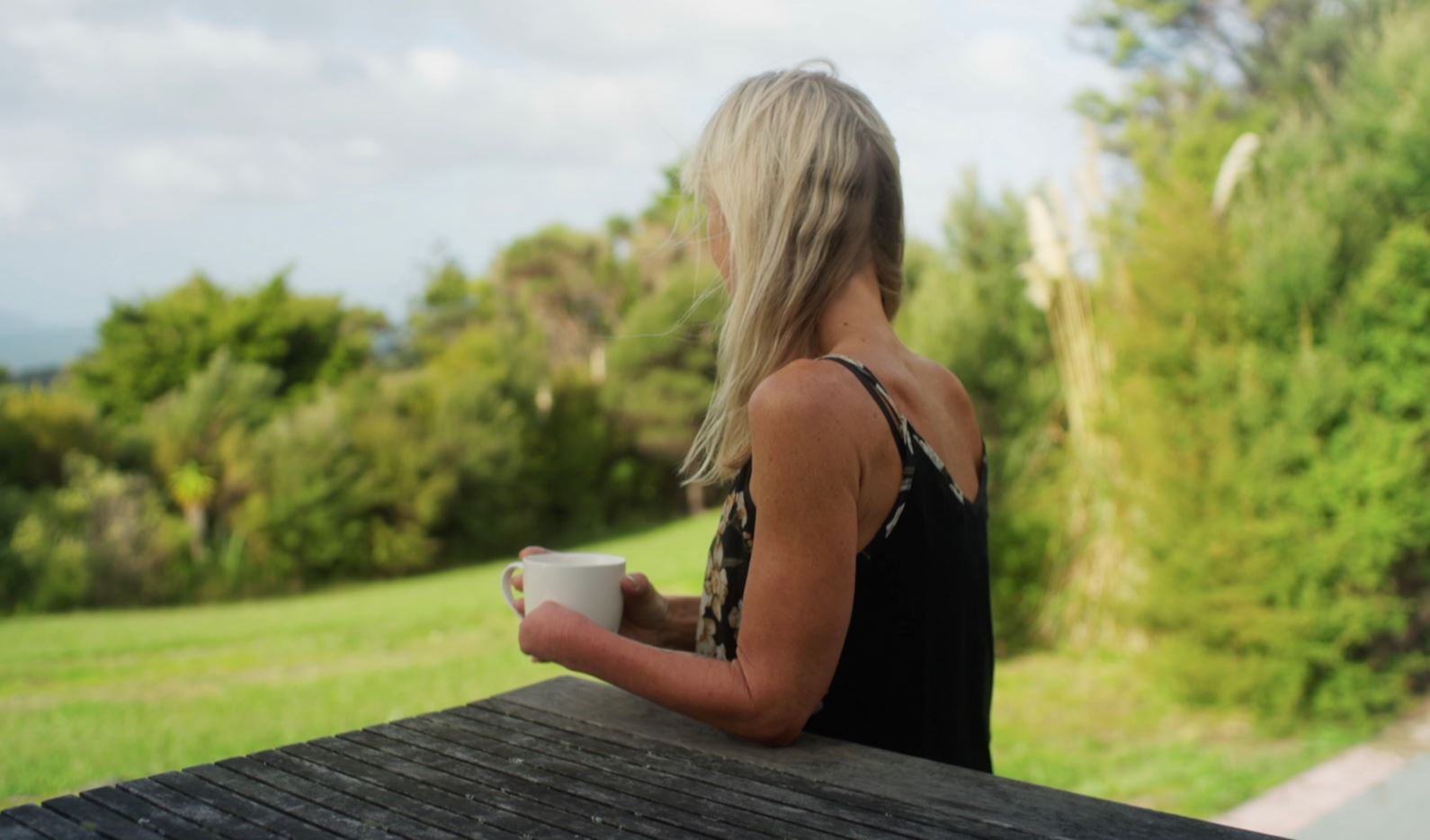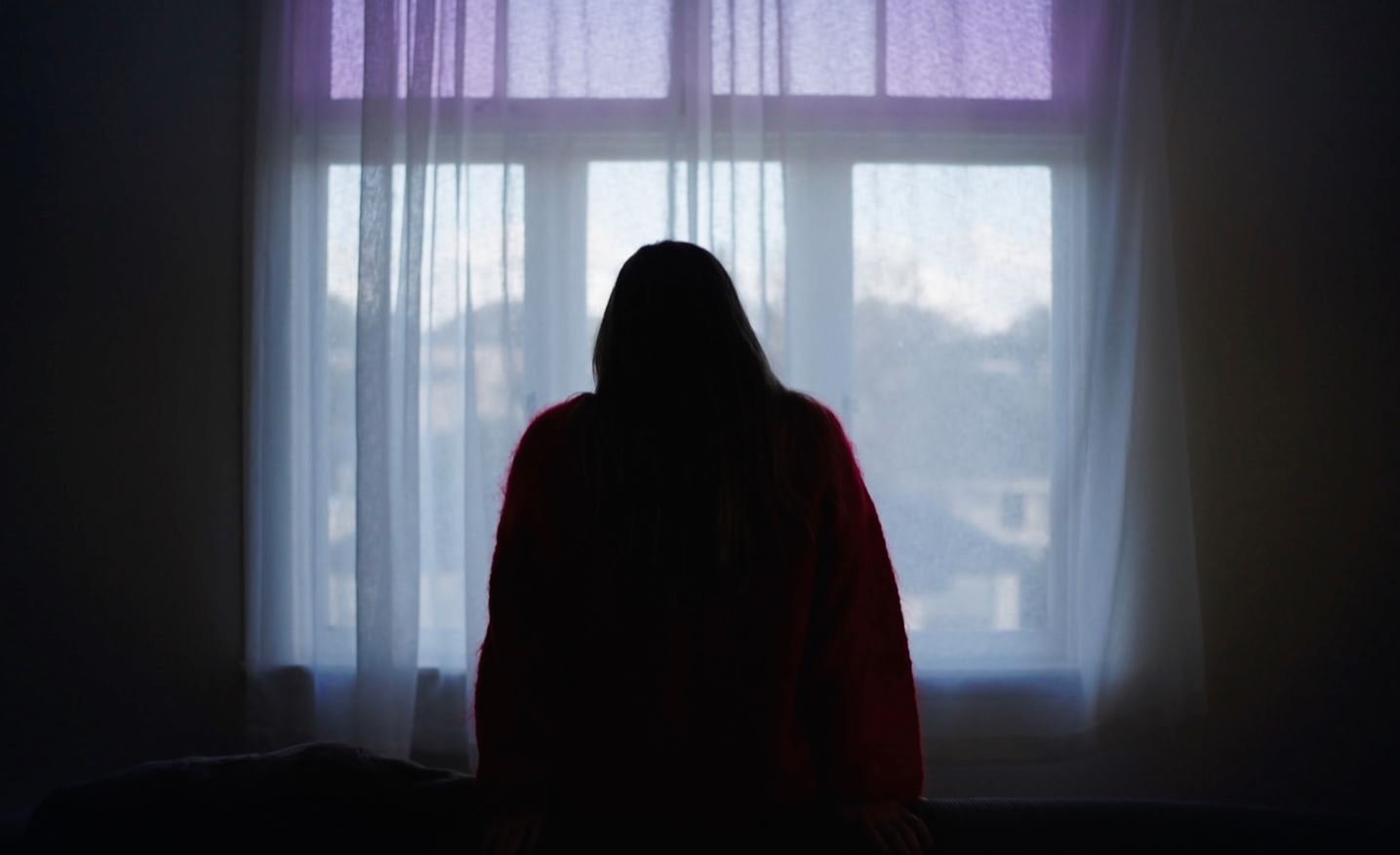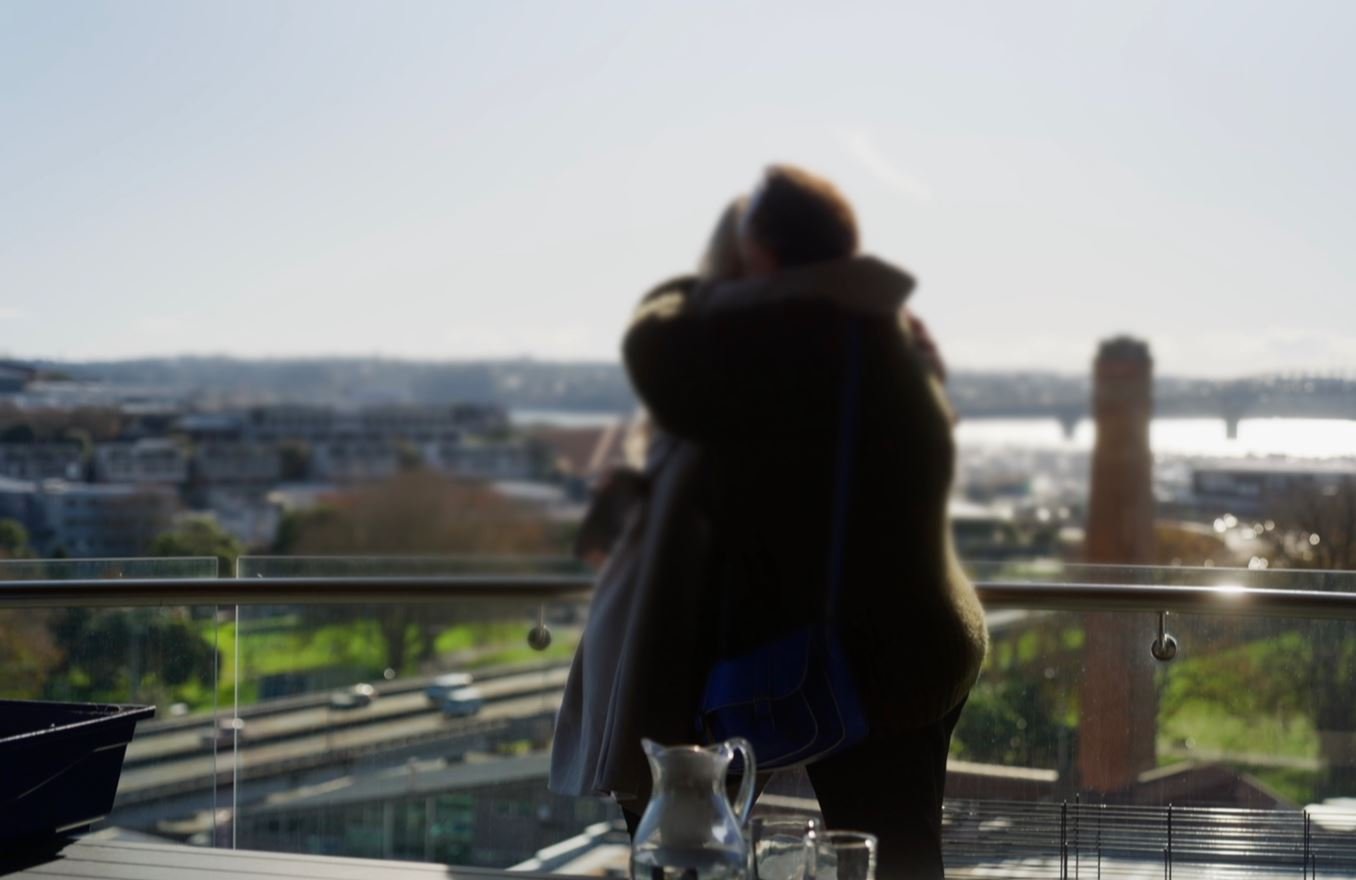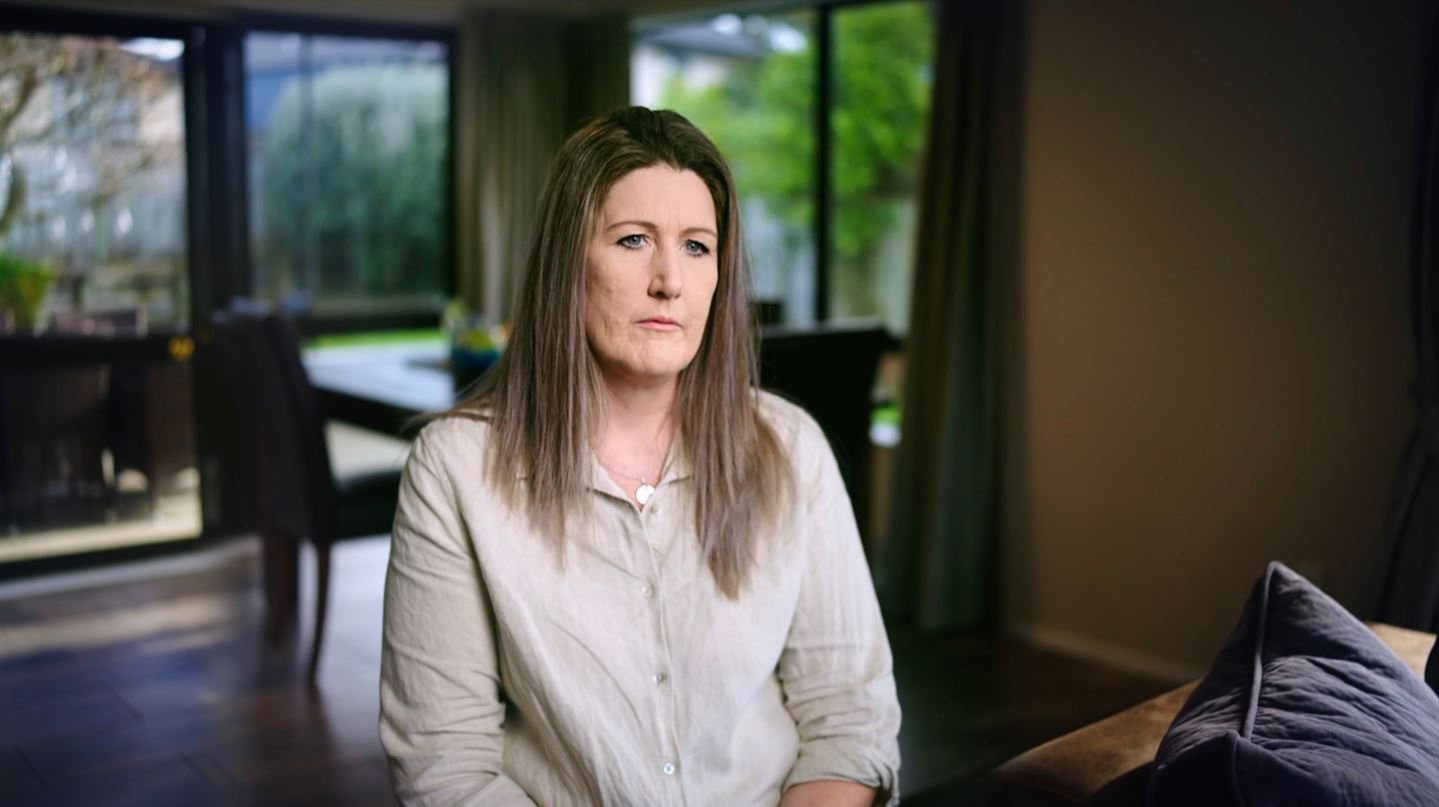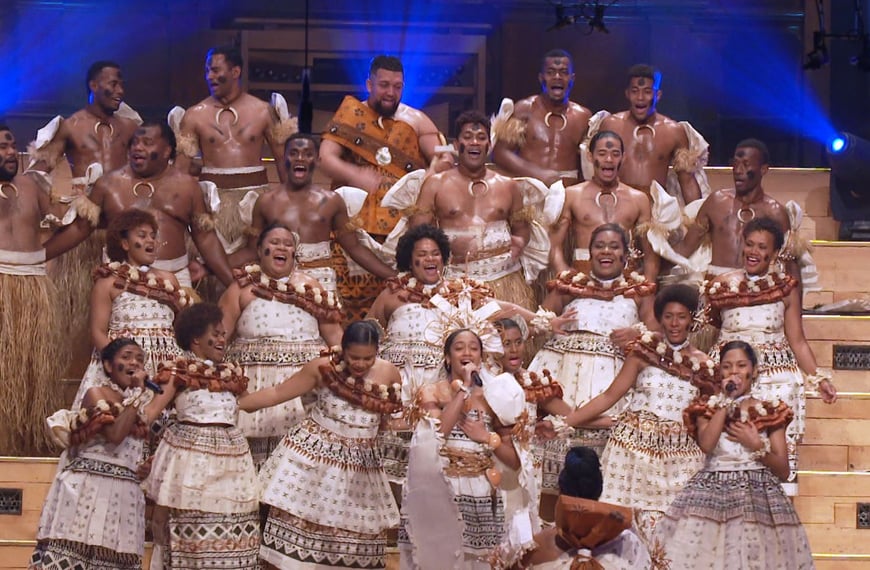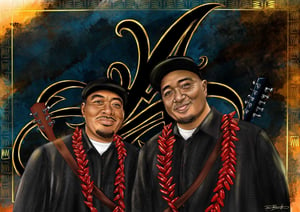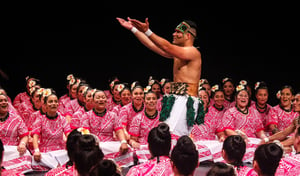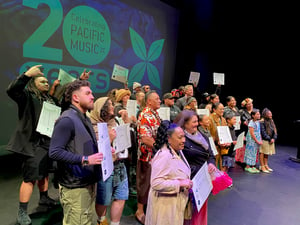Edited by Karl Chitham, Kolokesa U Māhina-Tuai and Damien Skinner, Crafting Aotearoa is perhaps one of the richest resources of New Zealand’s craft history, told through the lens of making. A mixture of indigenous practices, art pieces, artefacts and household objects, the book shares the knowledge, skill and work of artists and craft makers over three centuries.
It’s an informative and enlightening display of Māori, Palagi and Moana Oceania craftsmanship; from tā moko to tivaevae to teaspoons with Māori motifs, the book takes a detailed look at some these crafts, the migrant histories and the stories and meanings behind them.
In a conversation with Te Papa, the editors knew the significance crafting and making had within different cultural groups in Aotearoa. “We thought: what happens if you bring these histories and practices together, and see what kind of stories can be told about them, not only on their own terms but also in the moments when they have come into contact with each other? The idea of ‘craft’ dissolves, but also comes into new focus as a central force in building the multicultural nation of Aotearoa.”
The book offers a trove of exciting and new discoveries, particularly for a reader who may not be well versed in the history of Pacific arts and practices. The story of Kepueli Vaomotou is one such example. He was a master tufunga tāmaka (master artist or expert in stone cutting) and used the ancient practice of tufunga tāmaka to build impressive stone walls, expertly concealing their cement bindings to give the effect of a wall made perfectly and entirely of stone. If one takes a drive around the affluent suburbs of Auckland, you might see these stone walls fencing in a large property or two.
A number of contributing authors offer written pieces regarding their own practices, arts or research. For the three editors, these contributions are a validation that the conversation about craft needed to be had. “We are humbled and amazed that so many people agreed to contribute, and that they have written such powerful and detailed accounts of objects and practices within tight word limits. Many of these authors were also part of the discussions that helped us to discover what we wanted to do, and so their contributions go far beyond what you see in the pages of the book.”
It may be surprising to read about some of the artefacts, practices, arts or research that has been categorised as ‘craft’. But as Crafting Aotearoa demonstrates, the word ‘craft’ has been expanded in order to understand stories and practices from Indigenous points of view. A written piece by Hūfanga ‘Okusitino Māhina expresses this thinking. He explains how the word ‘Pacific’ (peaceful, soothing) is at odds with the indigenous world views of the Moana, its people and their relationship to the ocean. As such, the authors decided to embrace and implement the term Moana Oceania throughout the book.
“The terms we use do have a huge impact on what we can know, and what we value about the things we are discussing. Moana Oceania isn’t perfect, but we found it useful in changing our perspective – now it is for our readers to see what they think.”
The book is available to purchase online from the Te Papa store and online book stores.

